
Jun
Why should I choose Balkan Dental Polyclinic over other clinics?
Balkan Dental Polyclinic is not just another private dental office — we are a university-affiliated t...

Balkan Dental Polyclinic is not just another private dental office — we are a university-affiliated t...

Yes, depending on the treatment type. For example, implants may carry a 5–10 year warranty, while crowns and veneers have years 5- 10 . We pr...

We have over 10 years of experience in dental tourism. Patients from Switzerland, Germany, the UK, Sweden, Austria, Kosovo, and even the U.S. visit...

Yes. Our dental professionals are graduates of top Balkan and European universities and frequently attend international workshops, congresses, and ...

Absolutely. Balkan Dental follows EU-standard sterilization protocols. All instruments are autoclaved, surfaces disinfected between each patient, a...

Yes. We offer tailored packages depending on your treatment. These can include hotel accommodation (3–5 stars), airport transfers, transport ...

We accept cash (EUR, USD, MKD), credit/debit cards, and bank transfers.

We offer free online consultations. You can send us your X-rays, photos, and a short description of your dental needs. Within 24–48 hours, we...

You can save up to 70-80% compared to prices in the UK, Germany, or Switzerland.
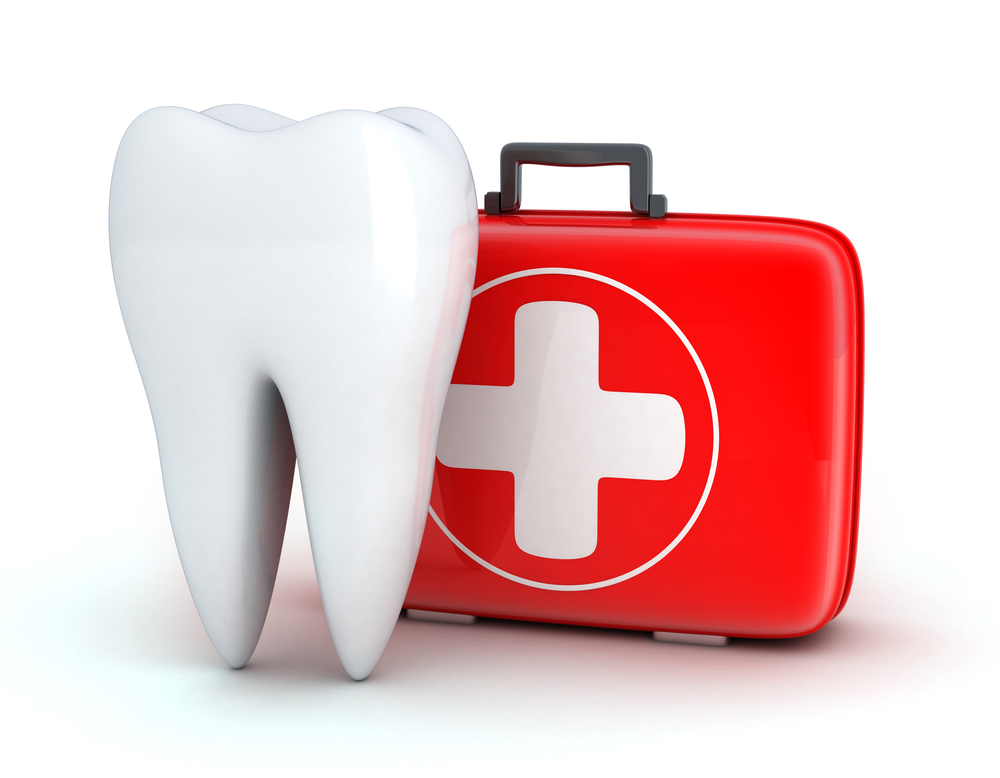
Yes, we do. If you're visiting Macedonia and experience a dental emergency—pain, swelling, broken tooth—contact us immediately. We prio...

We provide a digital aftercare guide, warranty on certain treatments, and online follow-up appointments. If any issue arises, we will guide you thr...
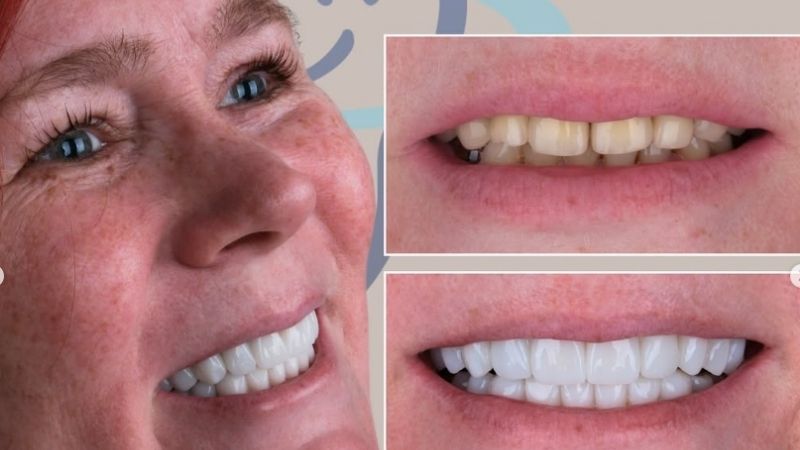
In most cases, yes! Depending on the number and type of veneers (zirconia or e.max), we can complete the treatment in 4–7 days. We use digita...

es. At Balkan Dental, we only use globally recognized brands such as Straumann, Nobel Biocare, Ivoclar Vivadent (e.max), and 3M. Our clinic is equi...
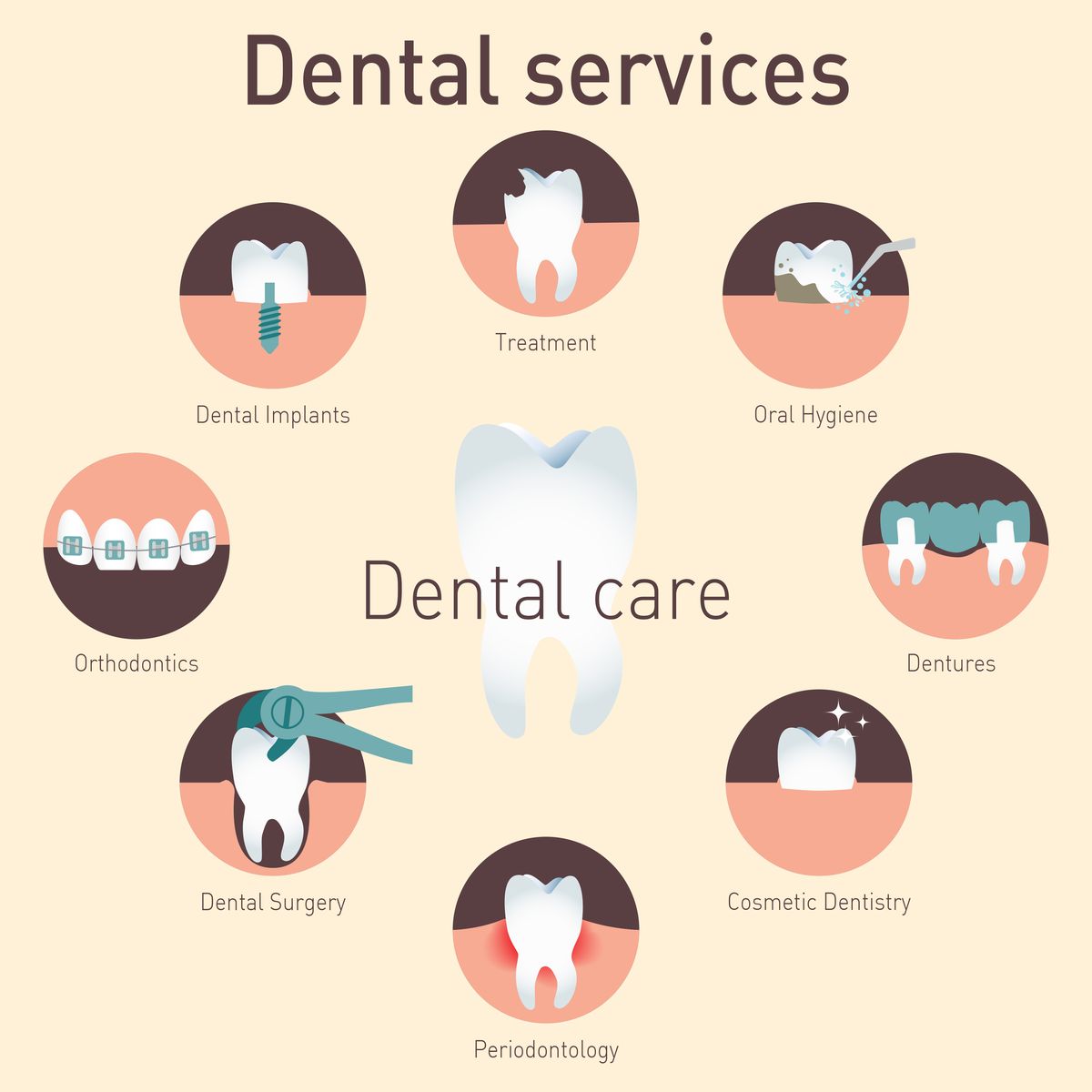
We offer a full range of treatments: dental implants, veneers, crowns, bridges, smile design, root canal treatment, orthodontics (braces and aligne...

Absolutely. We have multilingual staff. All our staff members speak fluent English, and many of our doctors have trained or practiced abroad. We al...

Yes. At Balkan Dental Polyclinic, we offer assistance with airport pick-up, hotel booking, and local transport. We can also recommend sightseeing a...

North Macedonia offers world-class dental care at a fraction of Western European prices. Our dentists are internationally trained, our materials ar...
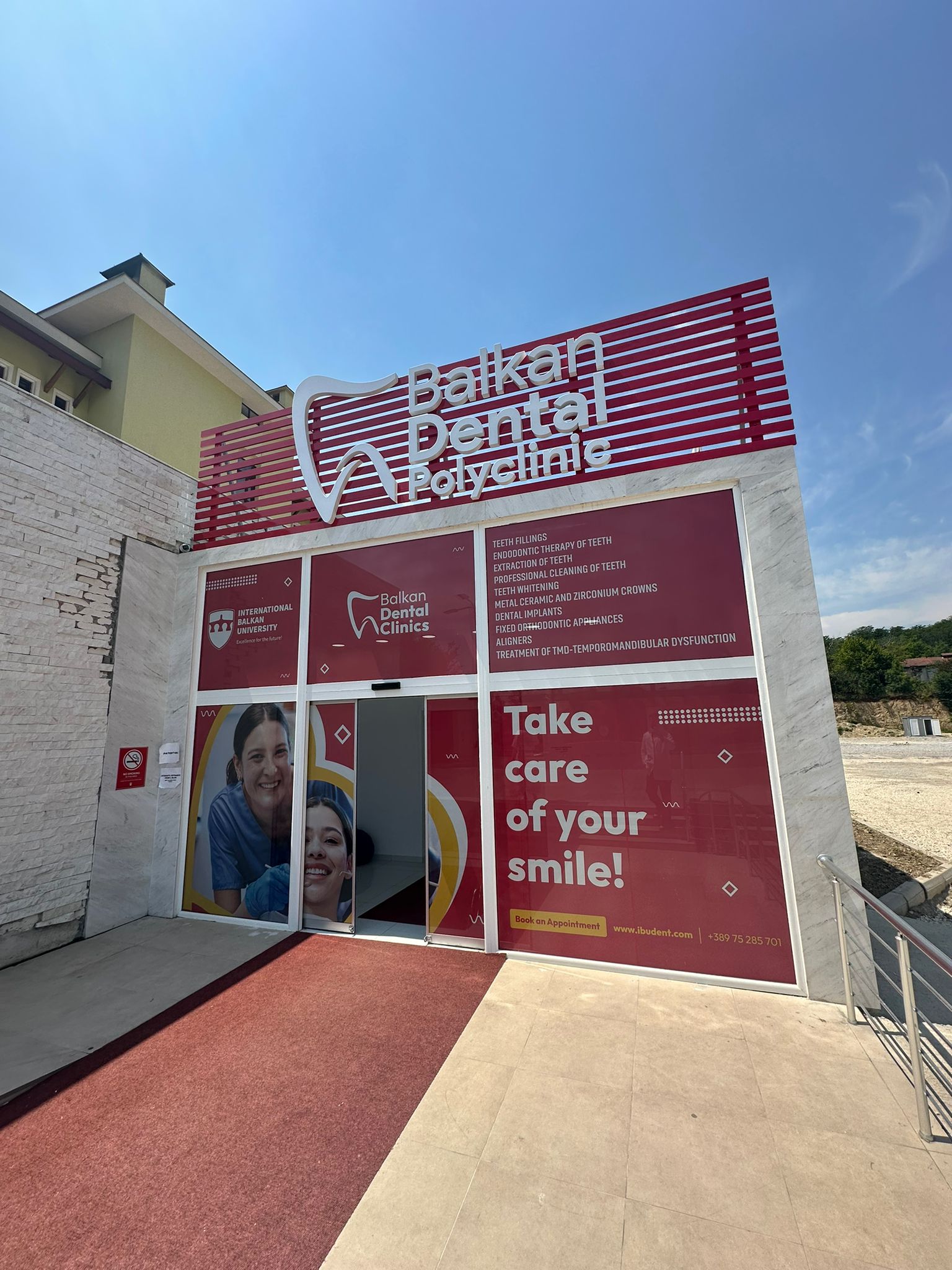
Balkan Dental Polyclinic is located in Skopje, the capital city of North Macedonia. It’s easily accessible from major European cities and jus...

While orthodontic treatment is generally safe, risks can include root shortening, enamel wear, or gum recession—especially if oral hygiene is...
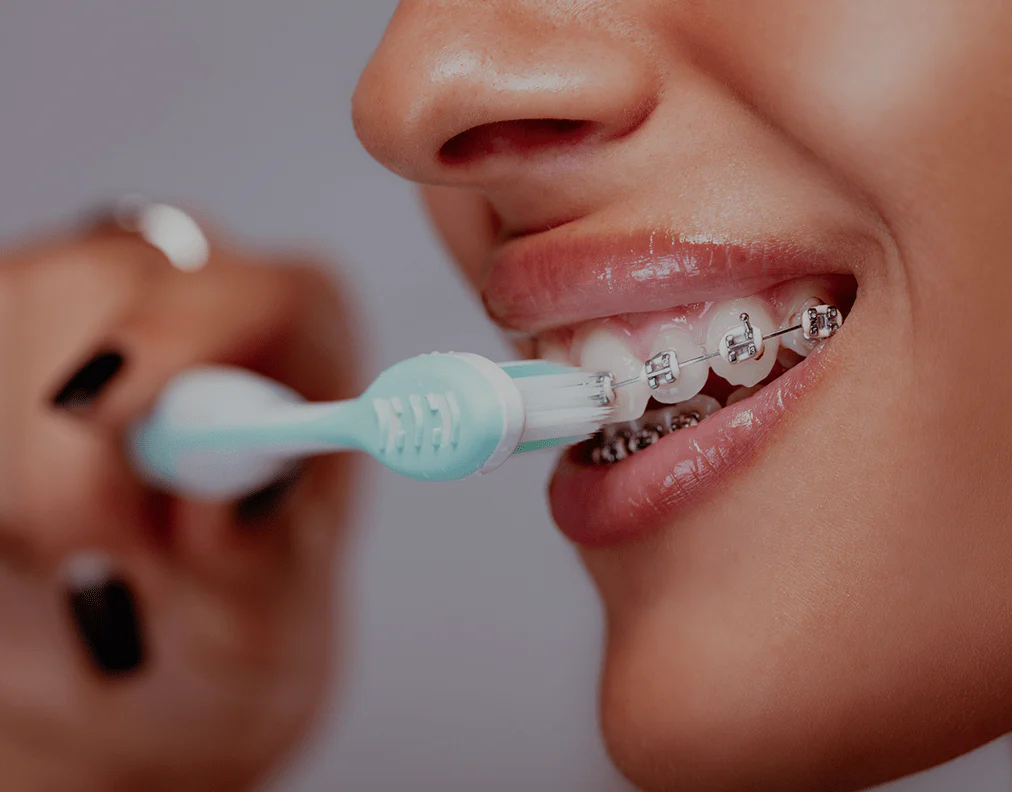
You should brush after every meal using a soft-bristled toothbrush or electric brush and use special tools like interdental brushes or floss thread...
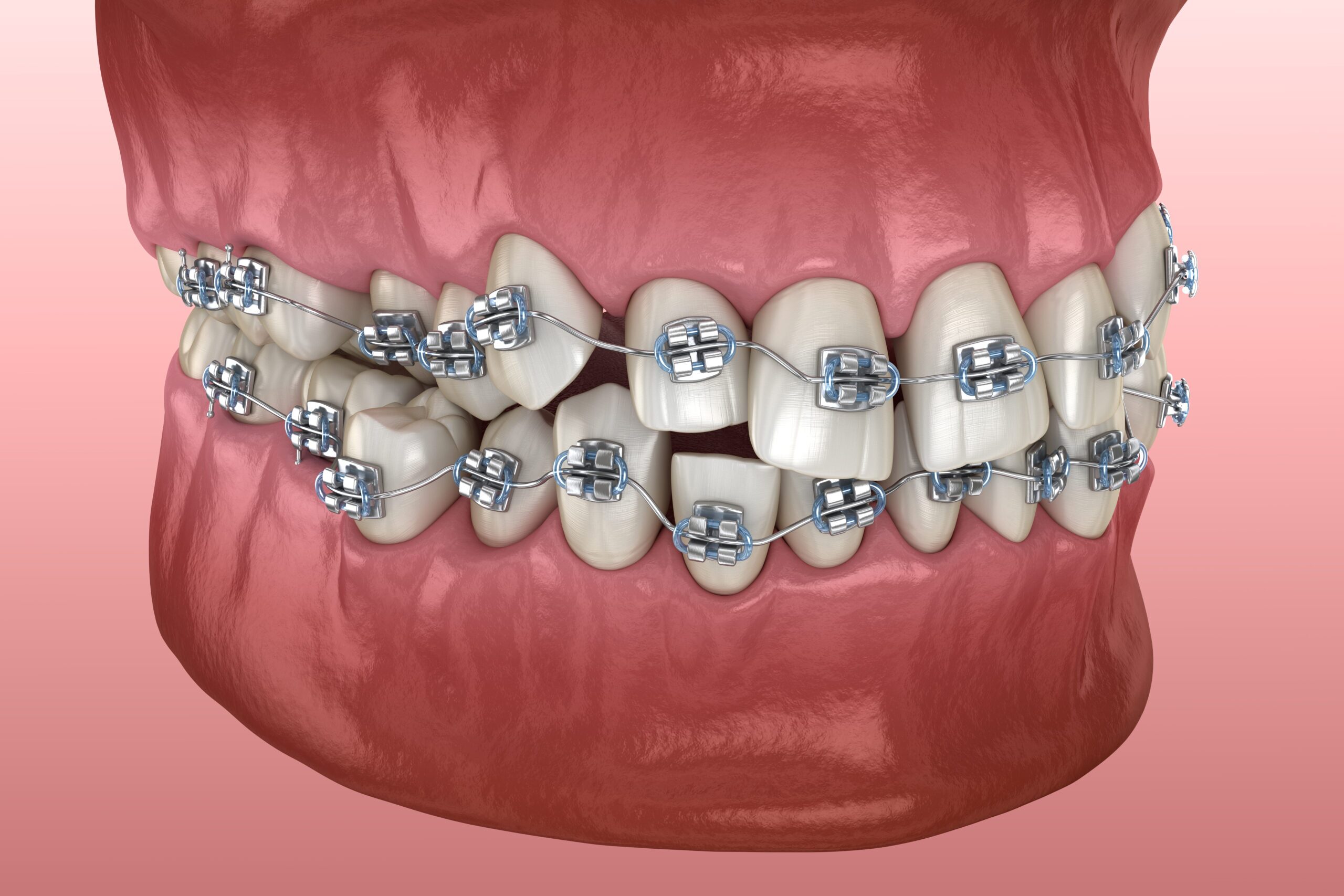
Yes, certain appliances can guide jaw growth in children. In adults with more severe jaw misalignment, orthodontics may be combined with orthognath...
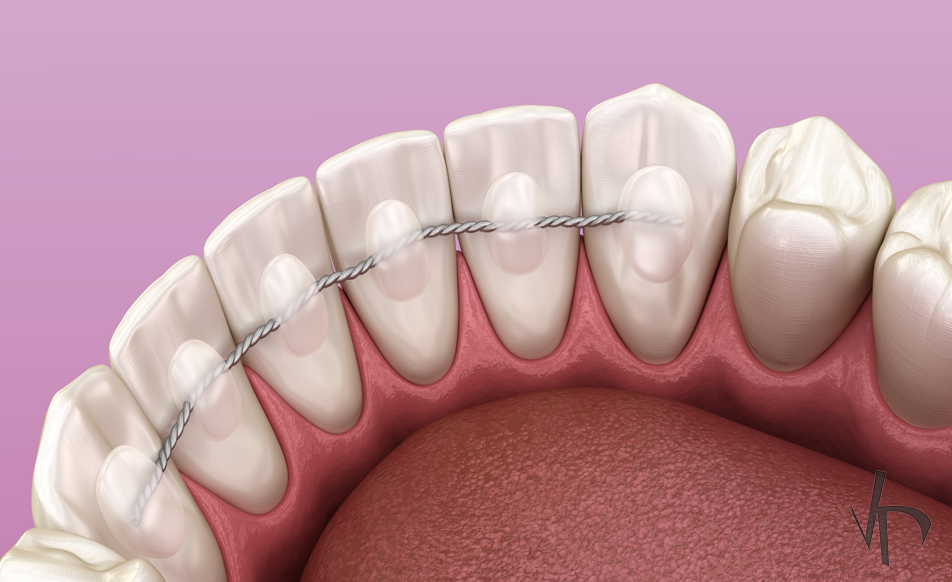
Yes, retainers are crucial to maintaining your results after orthodontic treatment. Teeth naturally want to shift back to their original position, ...

Absolutely. Adult orthodontics is becoming increasingly popular. While treatment may take slightly longer due to slower bone remodeling, age is not...

Clear aligners are nearly invisible, removable, and more comfortable than traditional braces. They allow for easier cleaning and eating but must be...

Most orthodontic treatments last between 12 and 24 months, depending on the severity of the case, the patient’s age, and how well they follow...
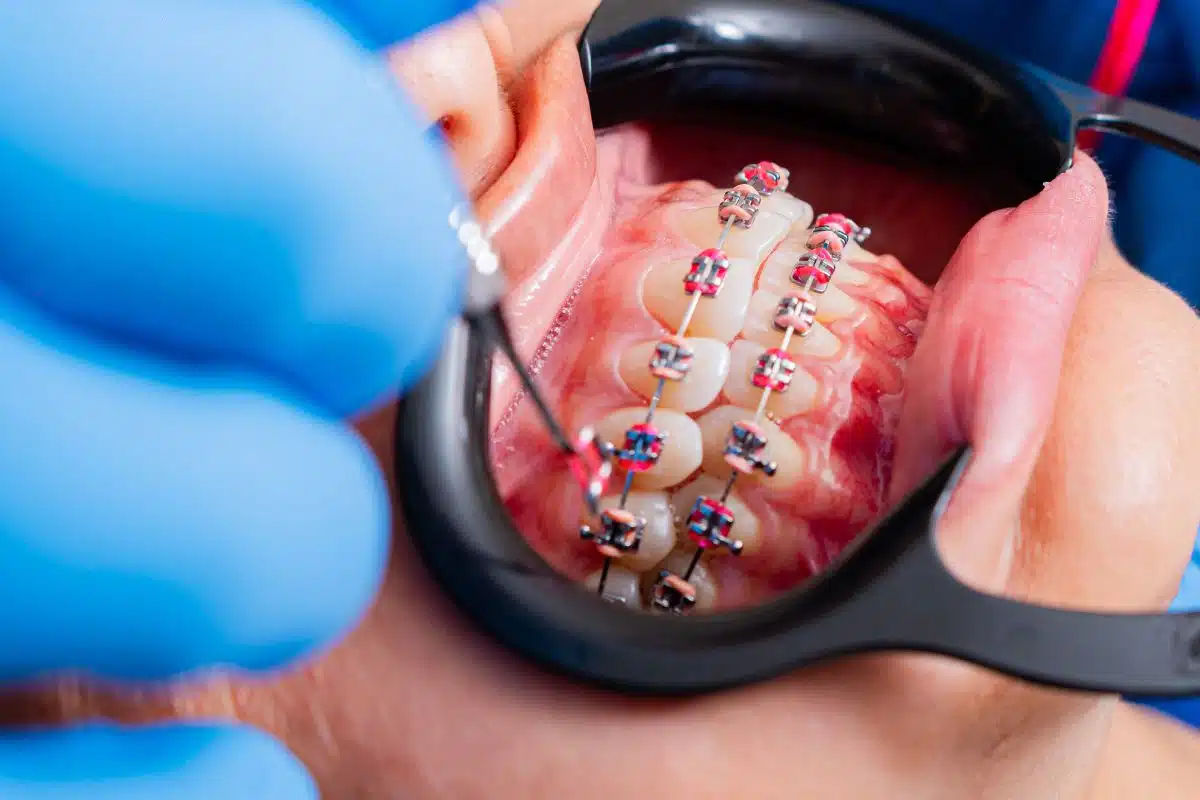
Braces may cause mild soreness or pressure for a few days after they’re placed or adjusted, but the discomfort is usually temporary. Over-the...

The American Association of Orthodontists recommends that children have their first orthodontic evaluation by age 7. Early evaluation helps identif...
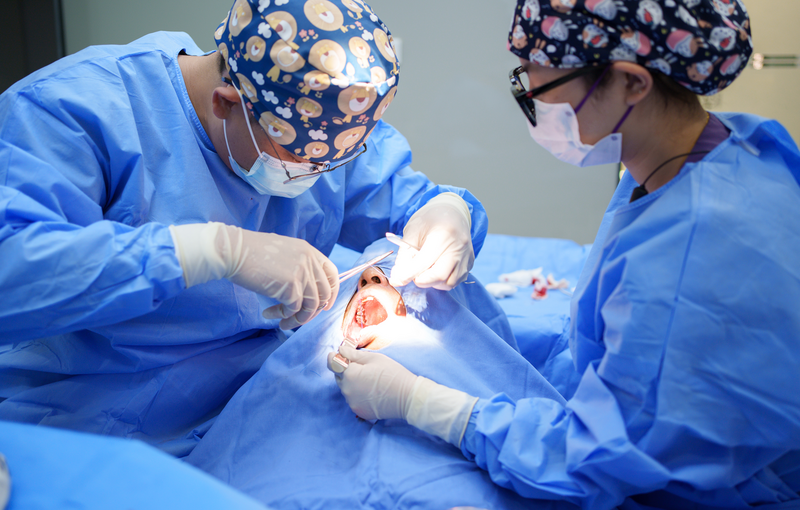
Yes, oral surgery is generally very safe when performed by a trained professional. Like any surgical procedure, there are risks, including infectio...

It depends on the complexity of the surgery. For simple extractions, some people return to work the next day. However, for wisdom teeth or implant ...

During the procedure, you won’t feel pain due to anesthesia. Post-operative discomfort is common but usually manageable with prescribed or ov...

Bone grafting is a surgical procedure used to build up bone in the jaw, often to prepare for dental implants. It may involve using your own bone, d...
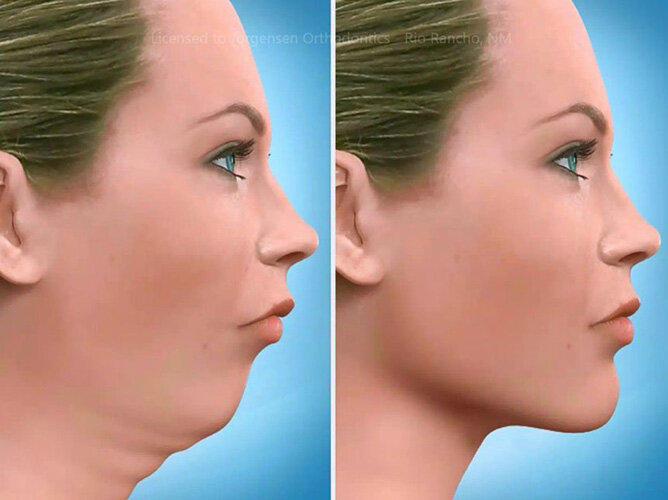
No, orthognathic (jaw) surgery is often performed to correct functional issues like difficulty chewing, speech problems, sleep apnea, or jaw misali...
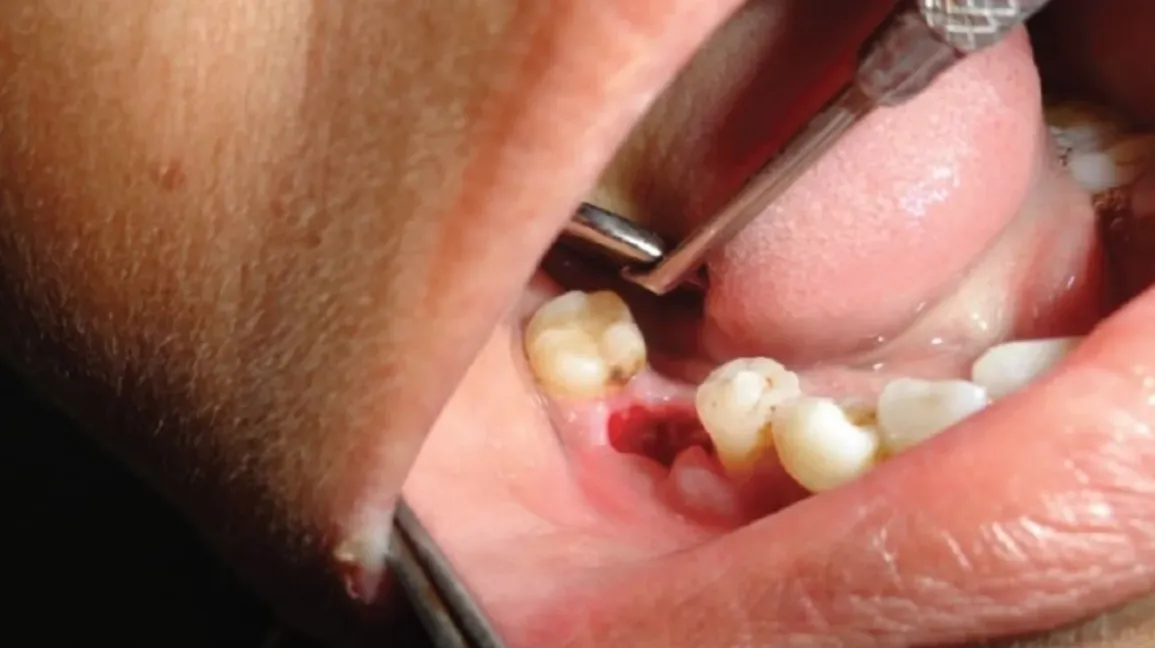
Dry socket occurs when the blood clot at the extraction site dislodges or dissolves prematurely, exposing bone and nerves. It’s very painful ...
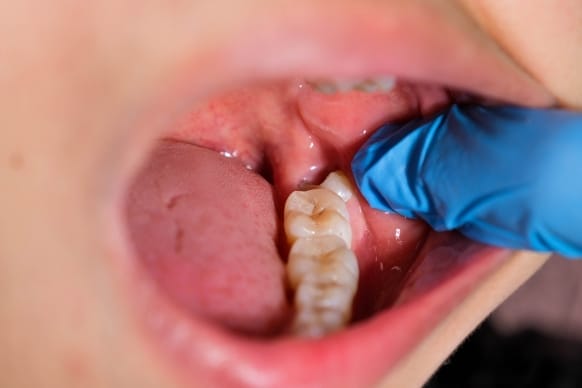
Recovery usually takes about 3–5 days for mild cases and up to 7–10 days for more complex extractions. You may experience swelling, mil...
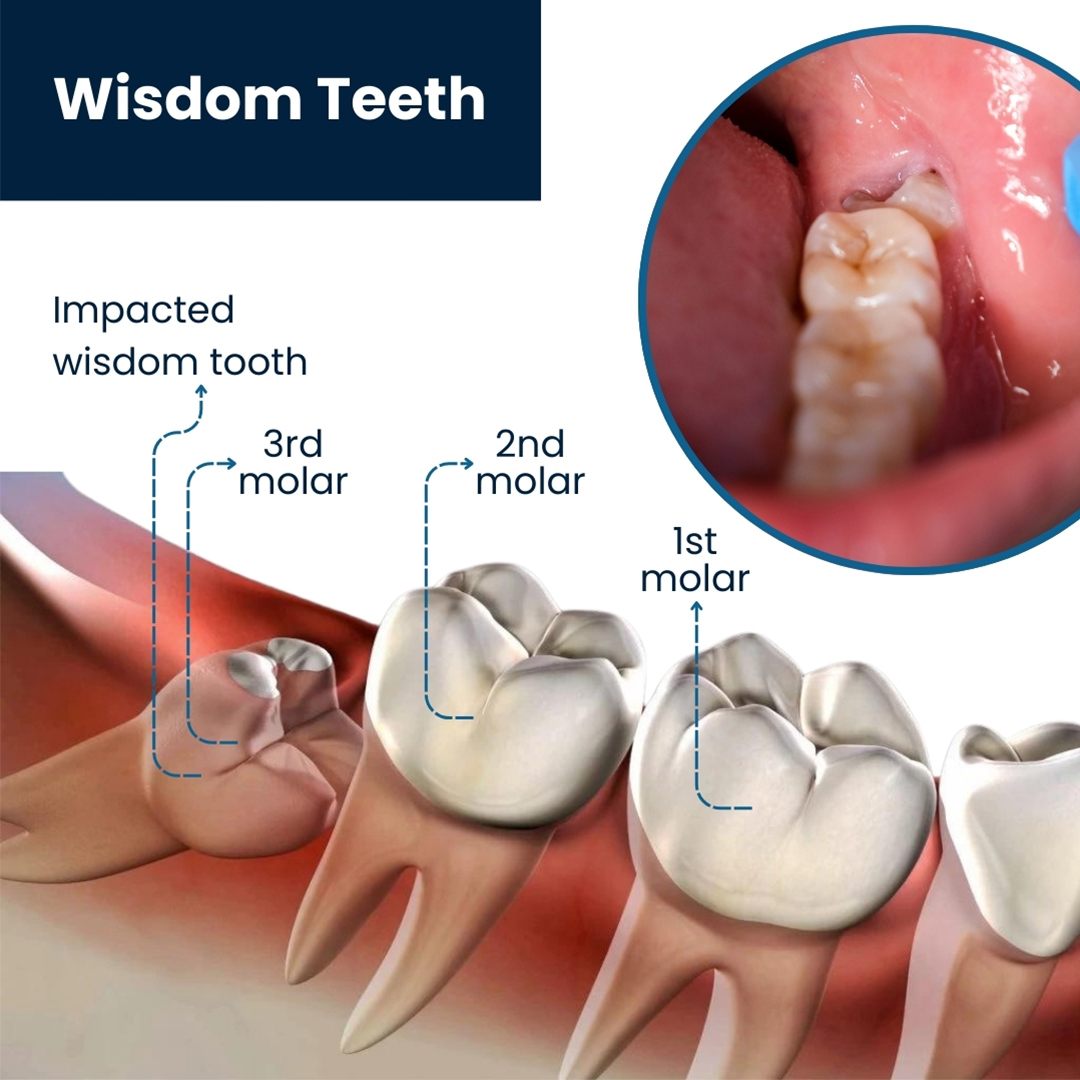
Impacted wisdom teeth are third molars that don’t have enough space to erupt properly and remain trapped under the gum or bone. They can caus...

Not necessarily. Most routine extractions are done under local anesthesia, meaning you’re awake but won’t feel pain. However, for compl...

Oral surgery includes surgical procedures performed in or around the mouth and jaw. Common treatments include tooth extractions, wisdom teeth remov...

Absolutely. Dentists use special dosing for children and closely monitor them throughout the procedure.
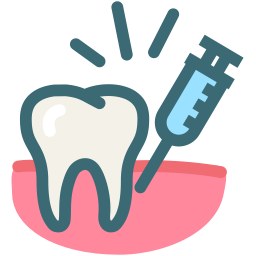
Most people experience numbness for 1–3 hours after the procedure. Some may have mild swelling or tingling. Serious allergic reactions are ex...
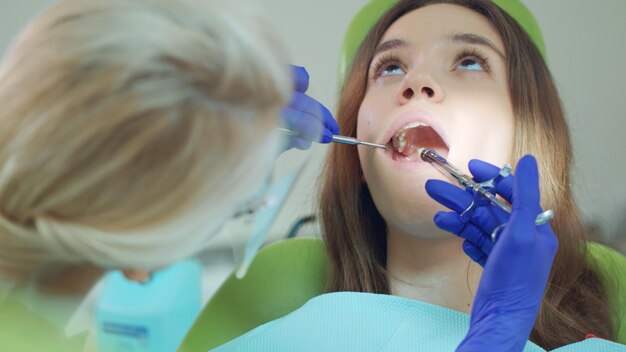
Yes. Local anesthesia used in dentistry is very safe and widely used. Complications are rare, but your dentist will always review your medical hist...

Yes, for most procedures under local anesthesia, you’ll be awake but won’t feel pain in the treated area. For anxious patients or longe...
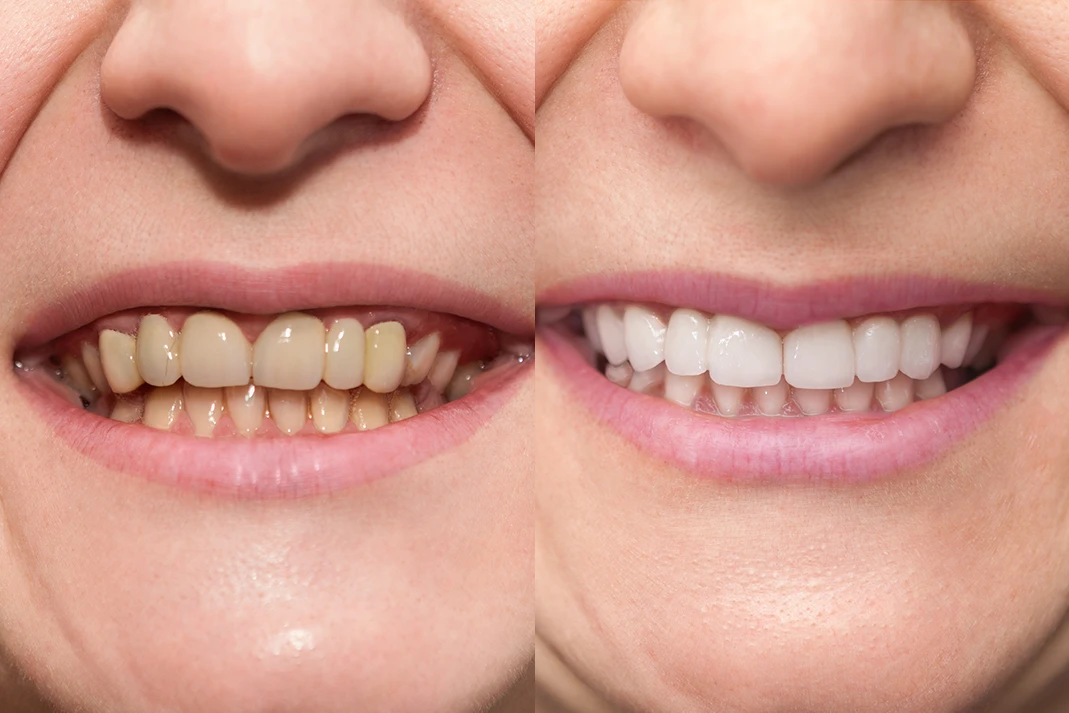
Yes. For deep or intrinsic stains that whitening can’t fix, veneers or bonding can offer a more permanent and aesthetic solution. Your dentis...
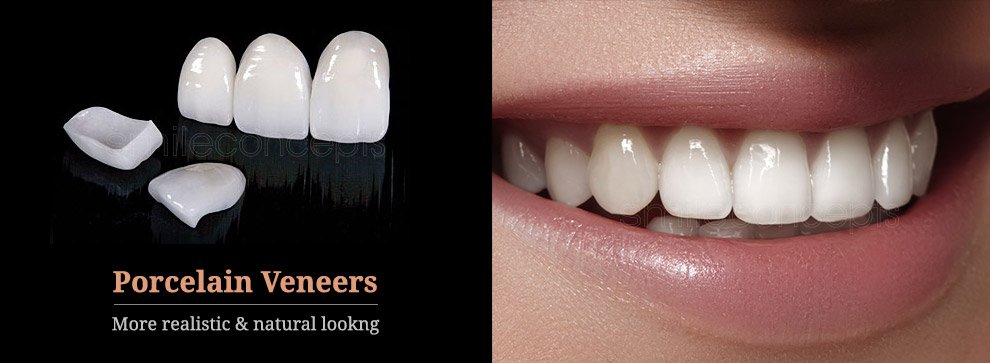
Veneers typically last 10–15 years, but they do require enamel removal, making the procedure irreversible. Once you get veneers, you will alw...
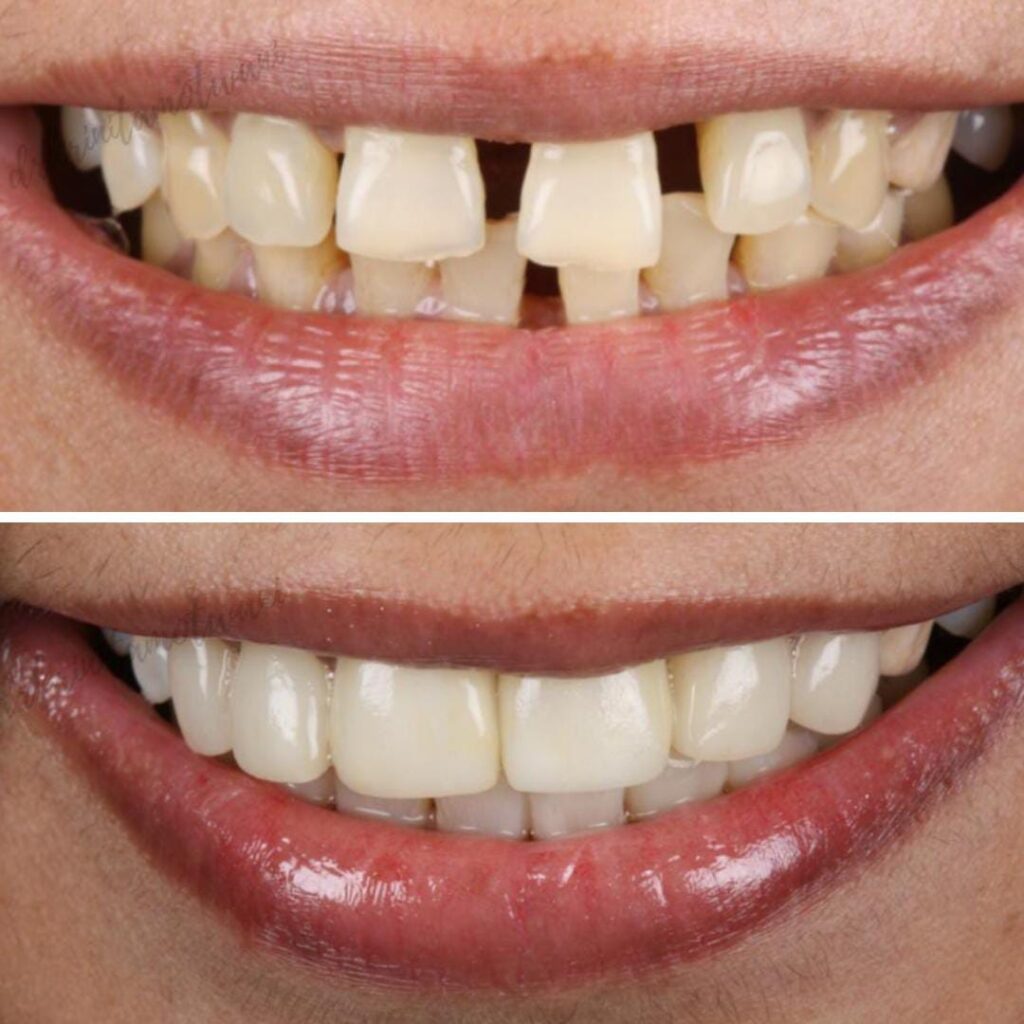
Yes, depending on the size of the gap. Options include bonding, veneers, or orthodontics like Invisalign. Your dentist will recommend the best appr...

No, many cosmetic procedures also improve function and oral health. For example, straightening misaligned teeth with Invisalign can reduce the risk...
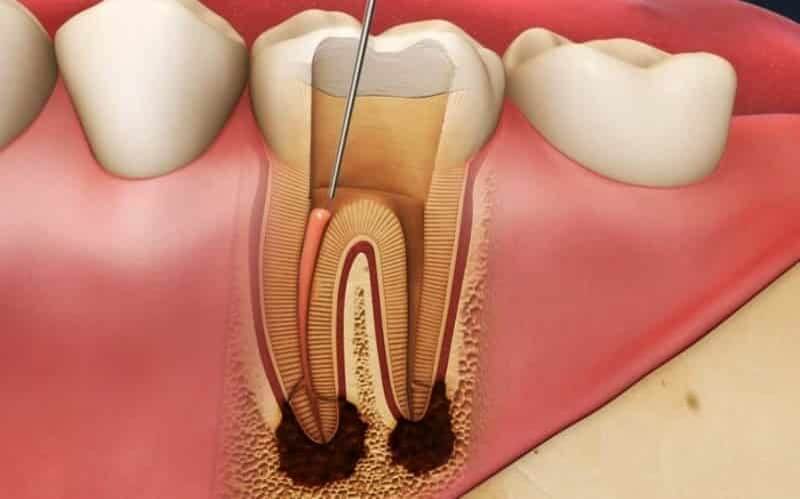
Although root canals have a high success rate, failure can occur if the tooth becomes re-infected or wasn't properly sealed. In such cases, a retre...
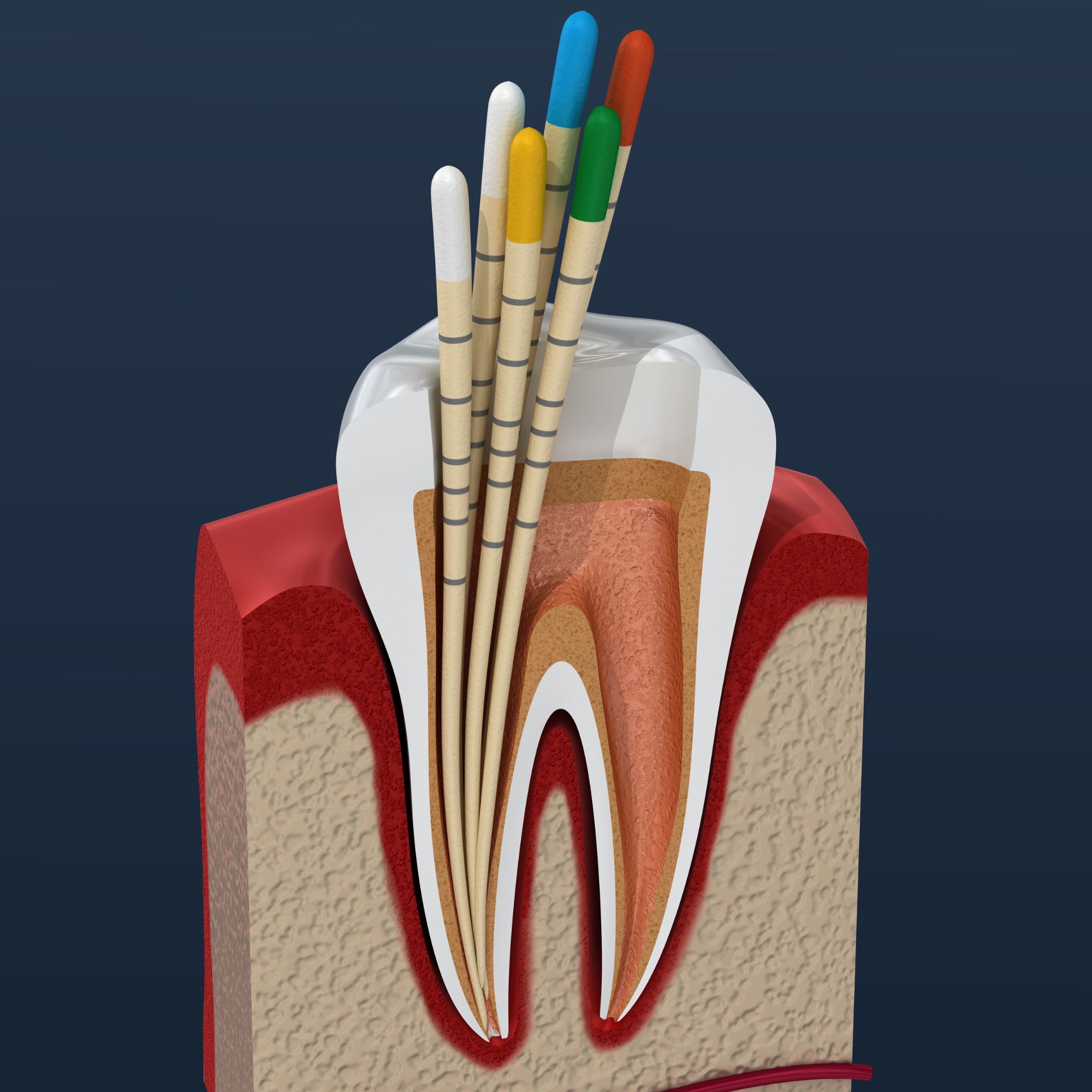
After a root canal, your tooth will be temporarily filled. In most cases, a permanent crown is recommended to protect the tooth from breaking, espe...

Most root canals are completed in one or two visits, each lasting about 60 to 90 minutes. More complex cases, such as teeth with multiple canals or...

Yes, though it’s wise to avoid very hard or sticky foods that could stress the bridge. Once you're used to the bridge, most people can return...

Bridges are considered a long-term solution but not necessarily permanent. With proper care, they can last 10–15 years or more, but they may ...
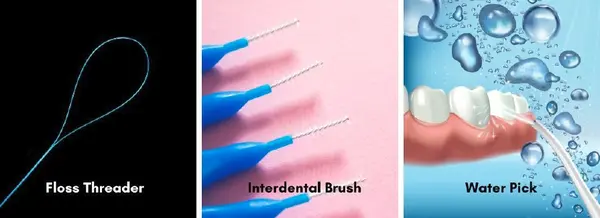
Cleaning under the false tooth (pontic) is crucial to avoid plaque buildup and decay. You’ll need to use floss threaders or special interdent...
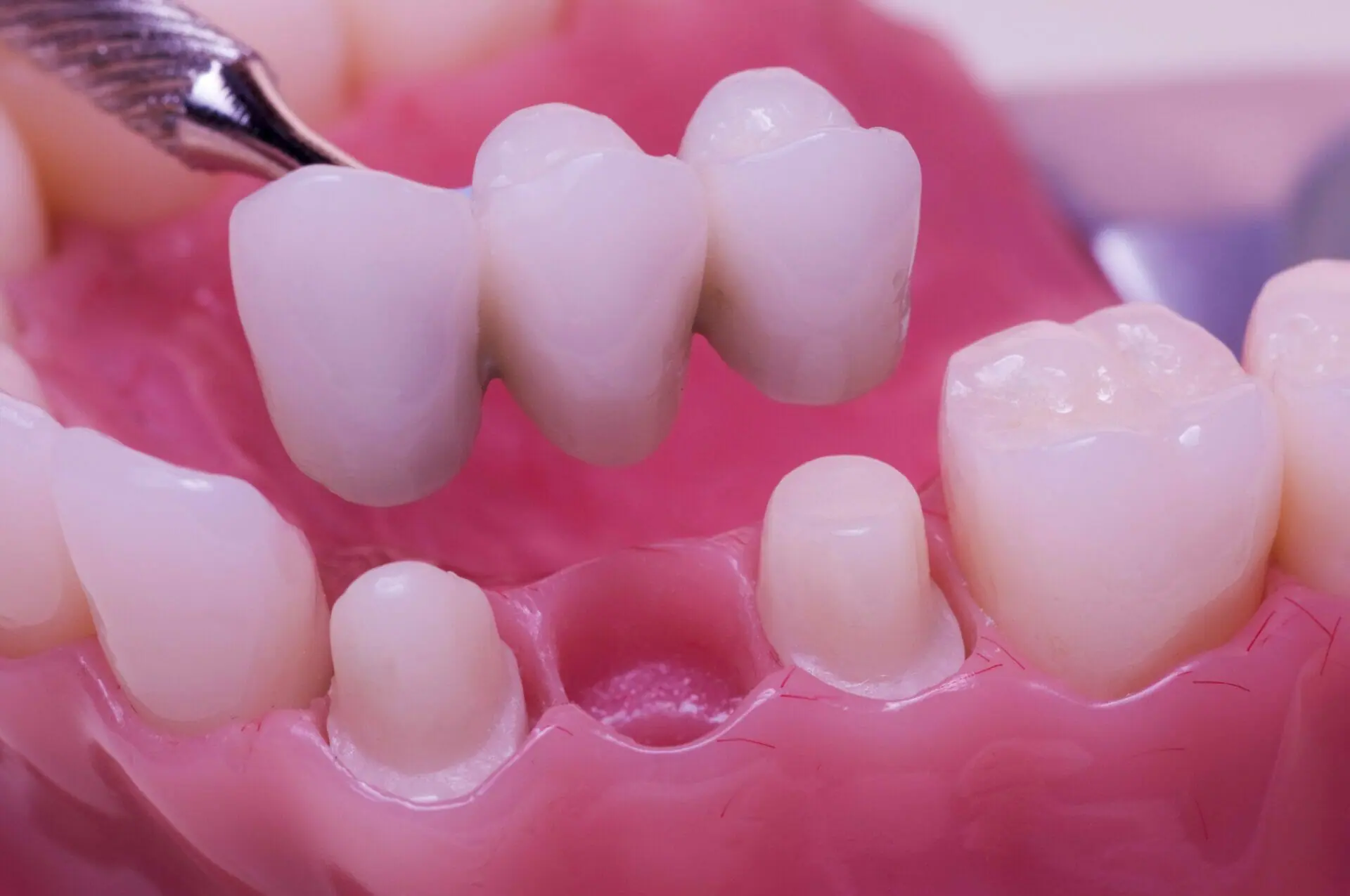
Yes, especially when it’s well-crafted and properly fitted. Many patients report that a fixed bridge feels very close to their original teeth...
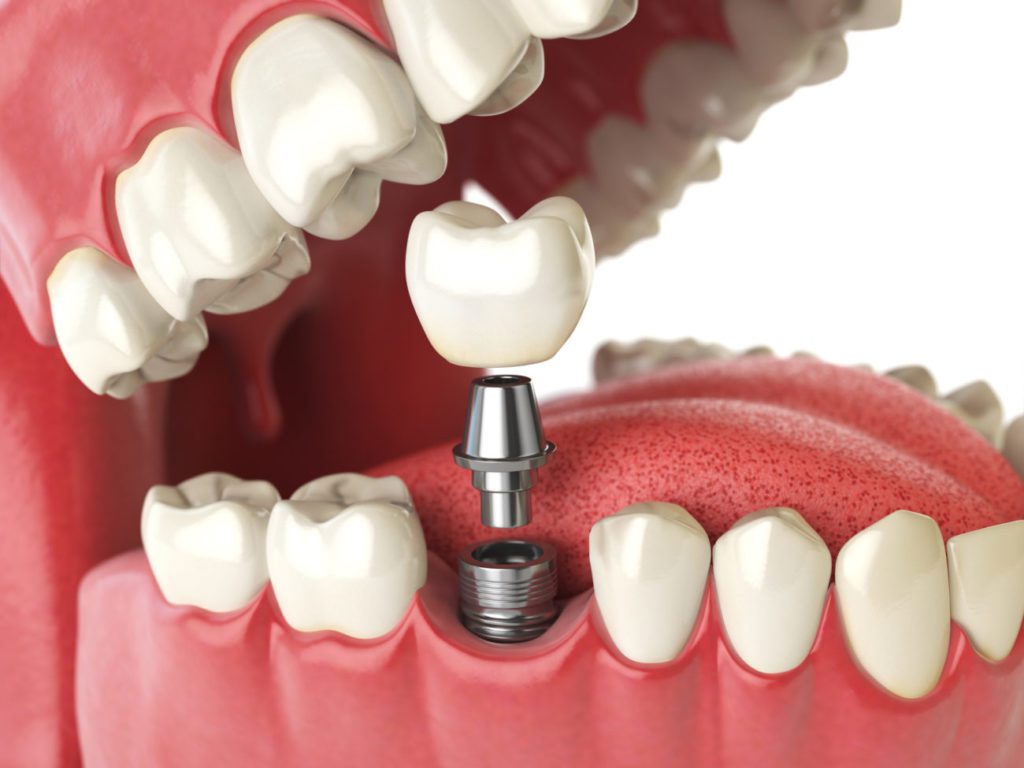
Not necessarily. You have multiple options, including a dental implant. A bridge can work well if the neighboring teeth already need crowns. Howeve...
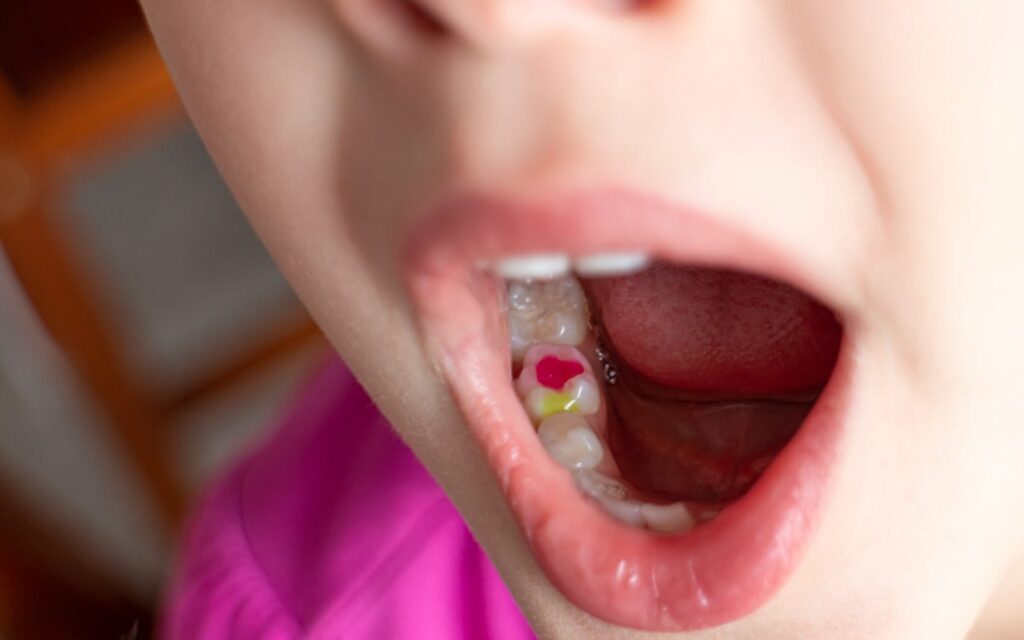
Absolutely. Tooth-colored composite fillings are a great option for children, especially on visible teeth. They’re safe, quick to place, and ...
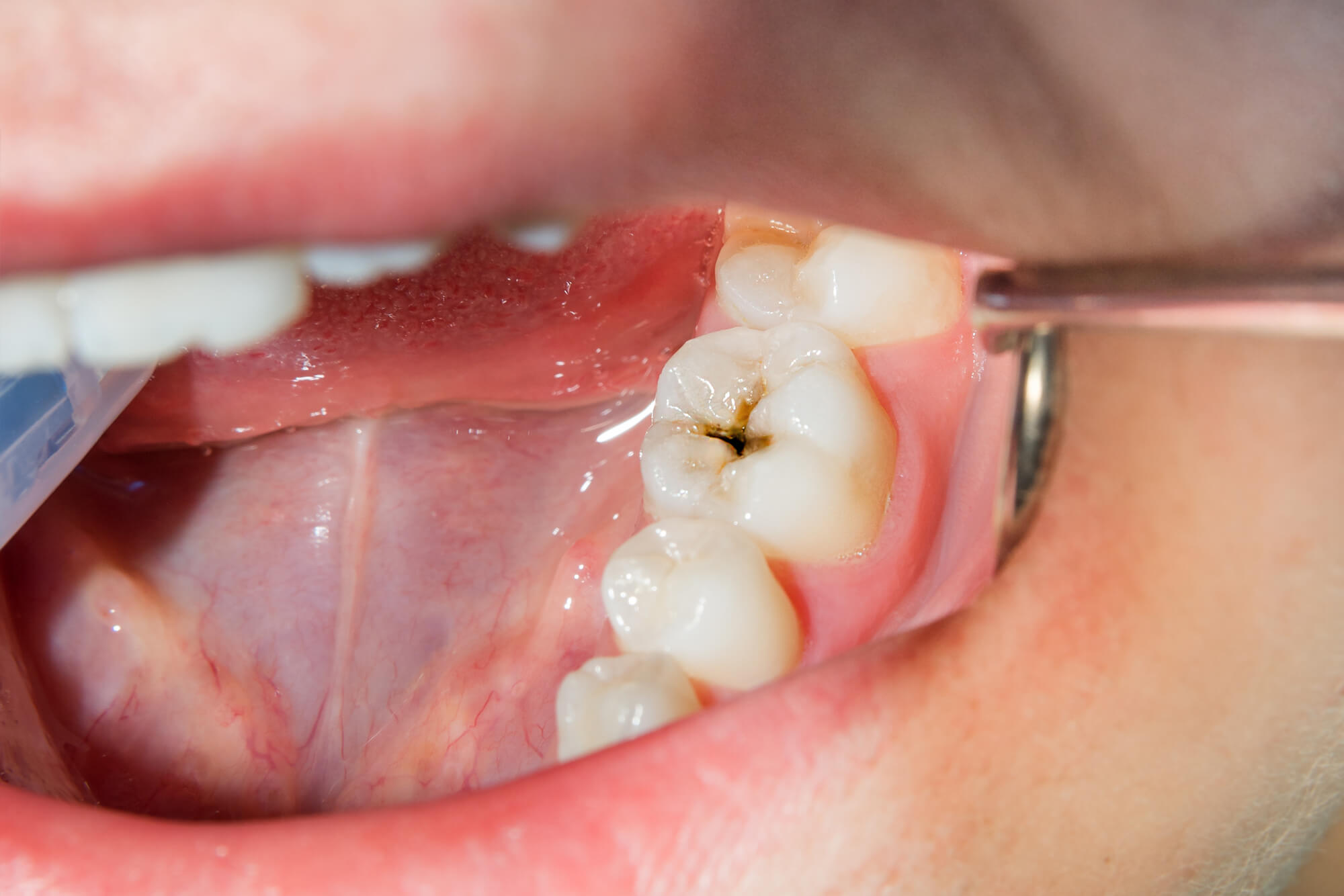
You might need a filling if you experience sensitivity, pain while chewing, or if your dentist sees signs of decay during a check-up. In early stag...
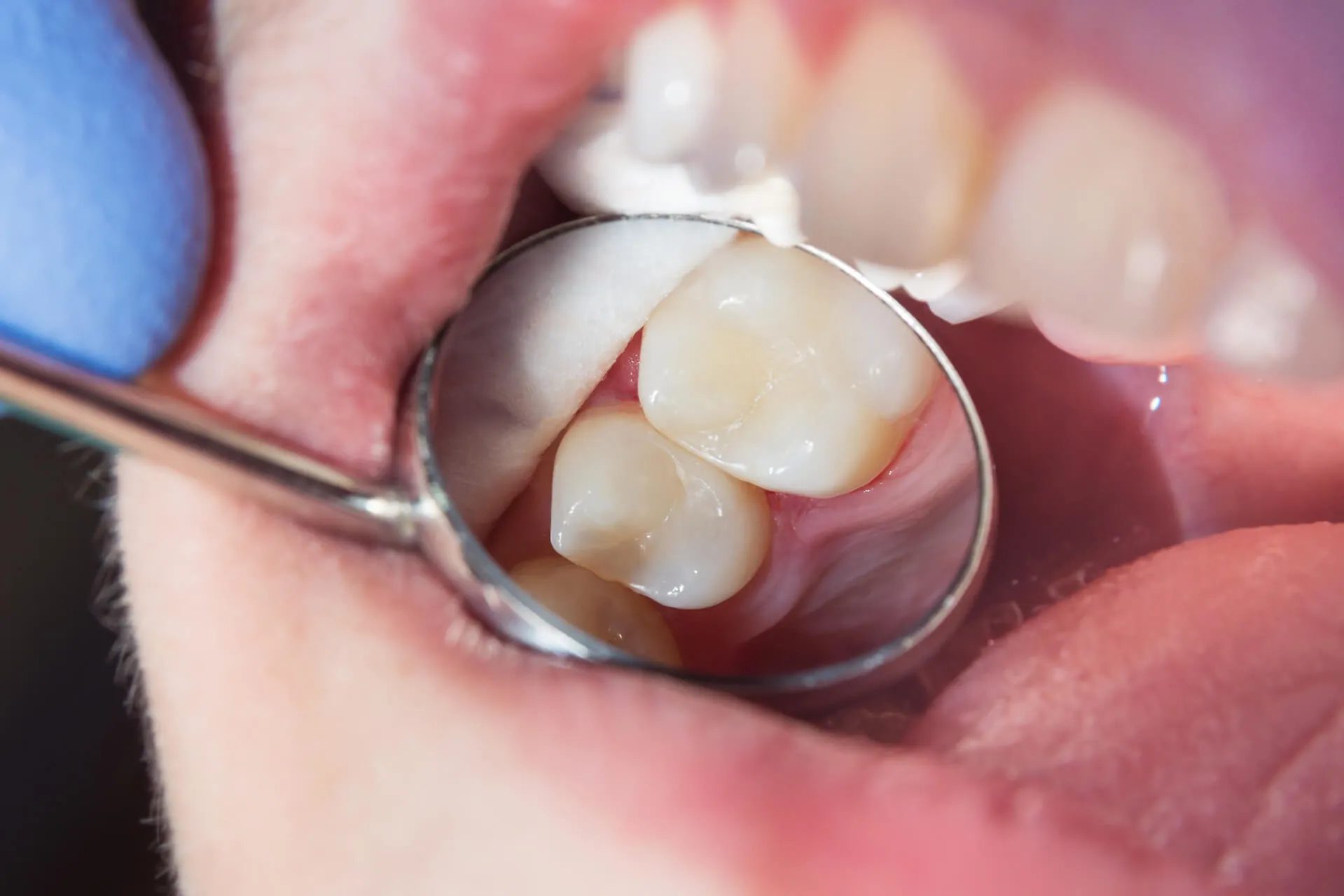
You may feel some sensitivity to pressure, hot or cold temperatures, or sweets for a few days after a filling is placed. This is normal and typical...
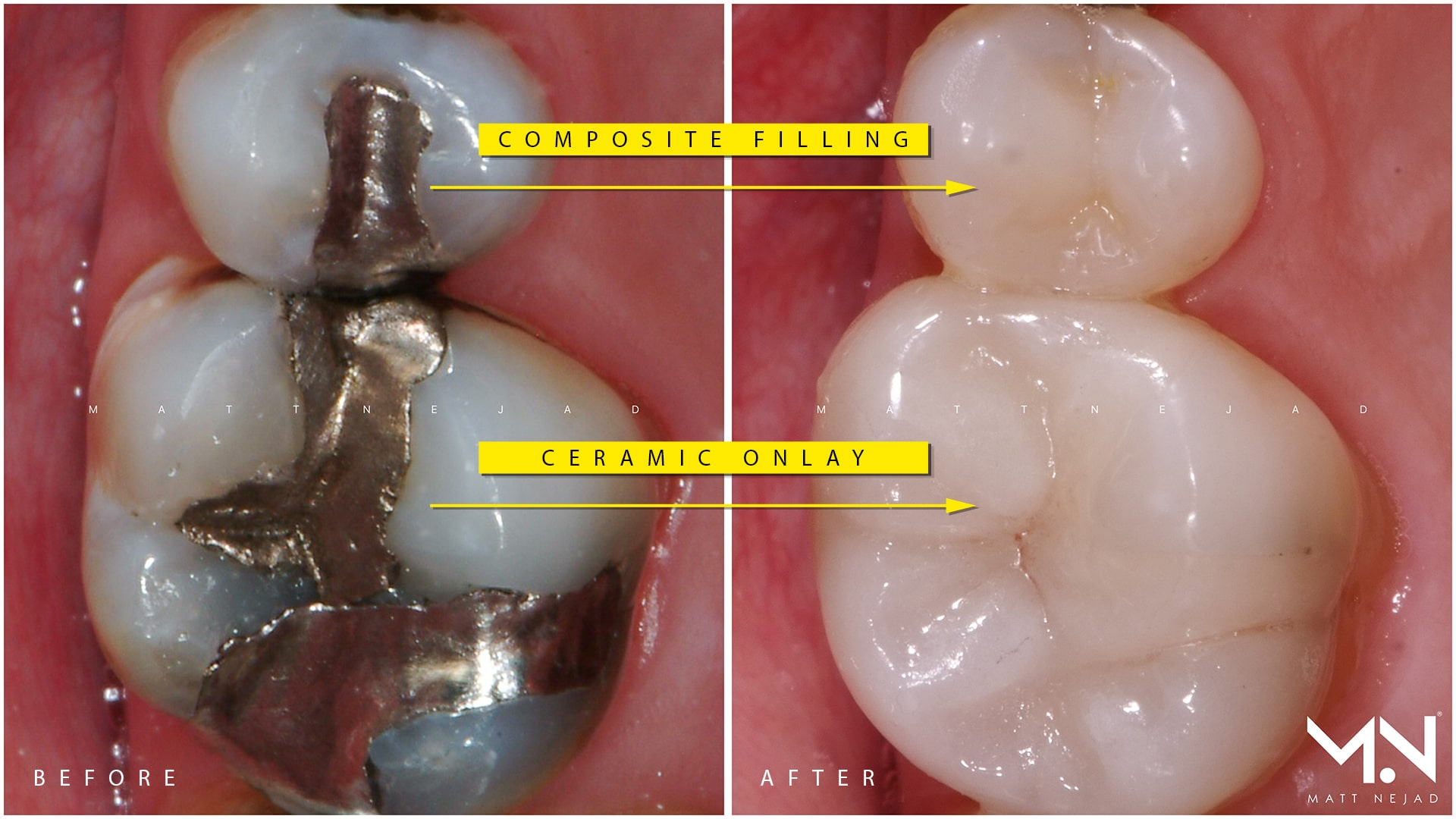
Yes, old amalgam (silver) fillings can be replaced with composite (white) fillings for aesthetic reasons or if they’re failing. Composite mat...
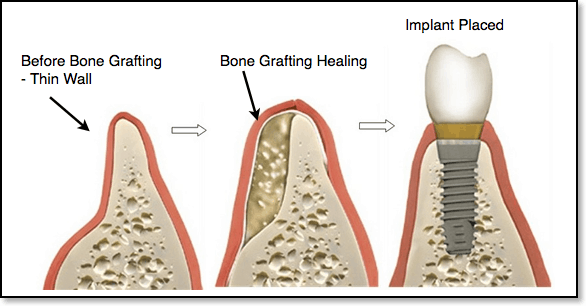
No, not always. Bone grafting is only necessary if you don’t have enough healthy bone in your jaw to support the implant. This may happen if ...
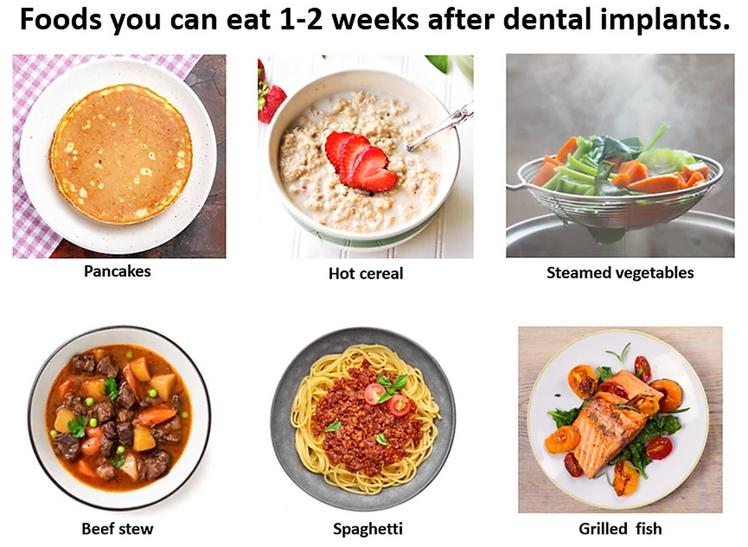
Yes, one of the major benefits of implants is that they restore full chewing function. After the healing period and once the permanent crown is pla...

Healing can take anywhere from 3 to 6 months, depending on the individual and whether bone grafting was needed. During this time, the implant integ...
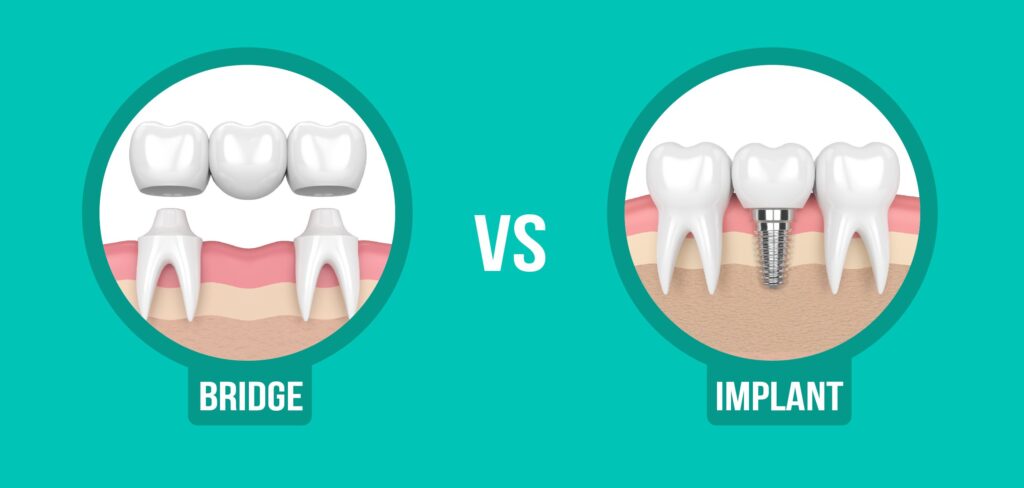
In most cases, yes. A dental implant replaces the missing tooth root and doesn’t rely on neighboring teeth, which preserves the integrity of ...
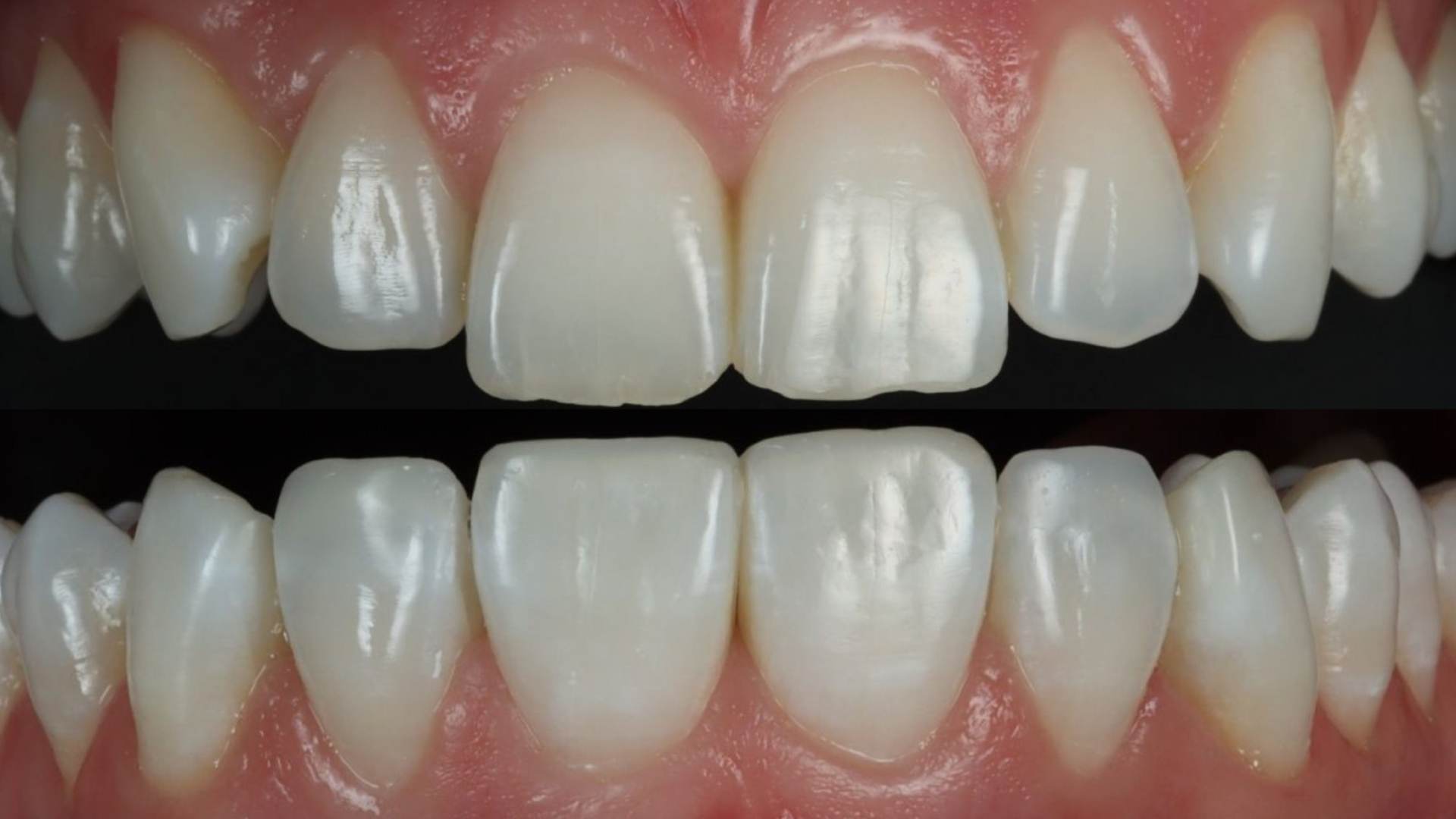
Bonding involves applying a tooth-colored resin to reshape or repair a tooth, and it’s quicker and more affordable. Veneers are custom-made p...
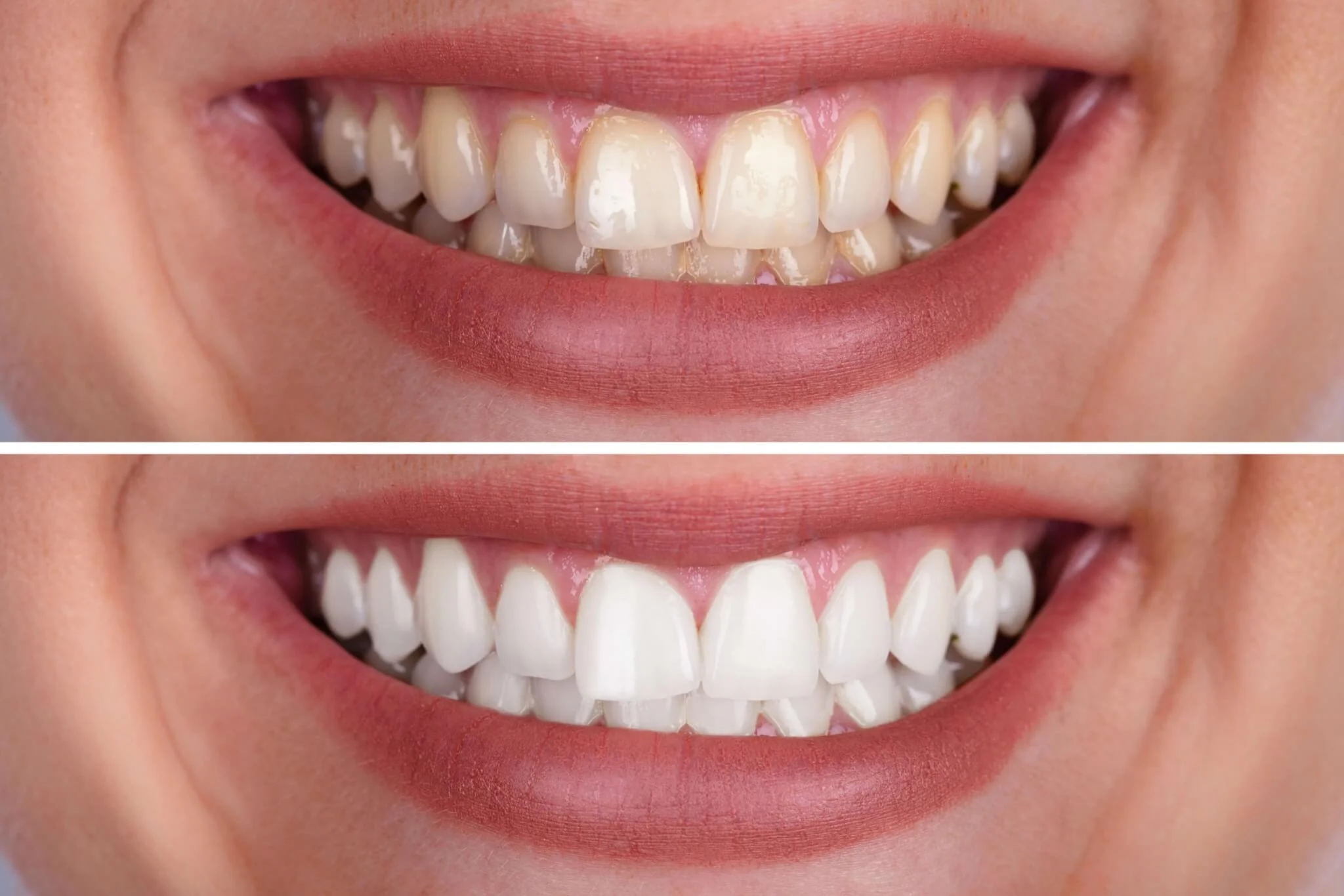
Results vary, but most in-office whitening treatments can last from 6 months up to 2 years, depending on your diet, oral habits, and lifestyle (e.g...
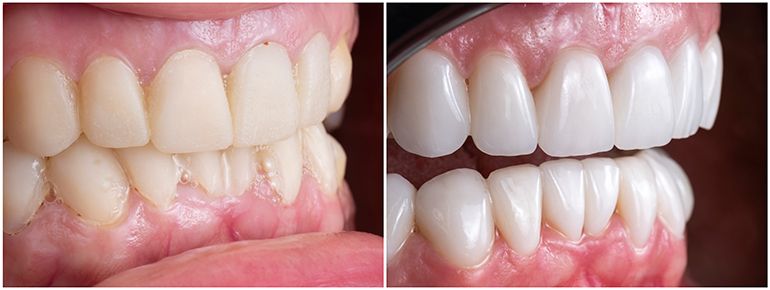
Cosmetic dentistry focuses on improving the appearance of your teeth, gums, and smile. It includes treatments like teeth whitening, veneers, bondin...
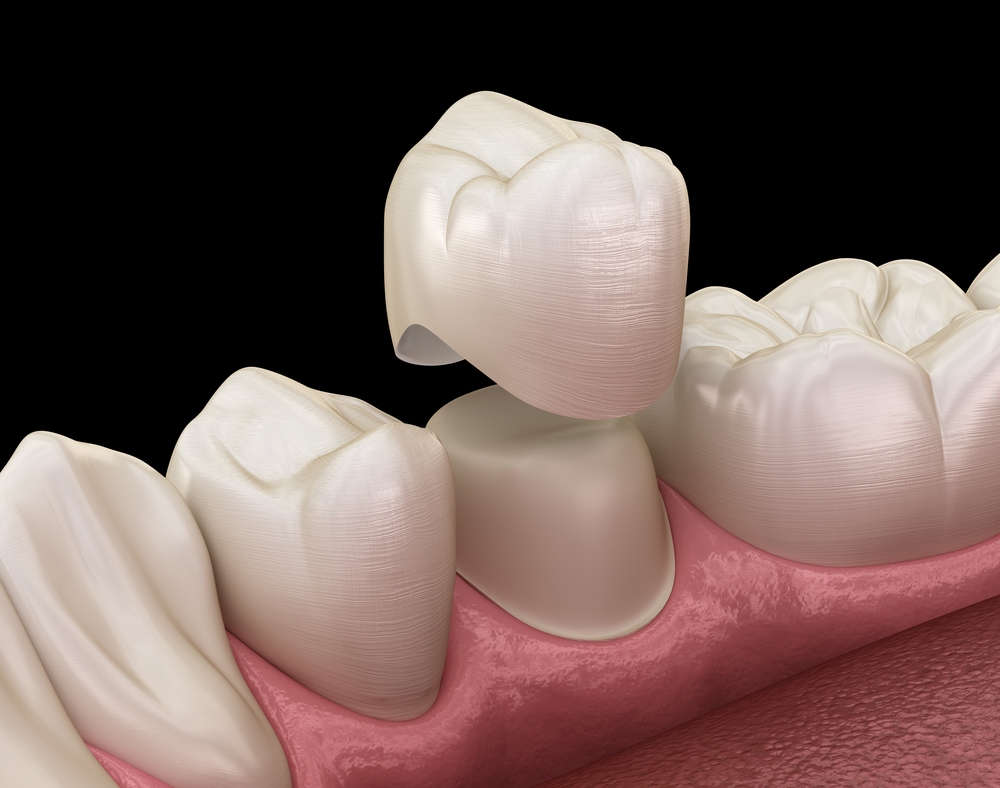
A root canal-treated tooth becomes more brittle over time and is more likely to fracture. A crown reinforces the structure and protects it from bre...
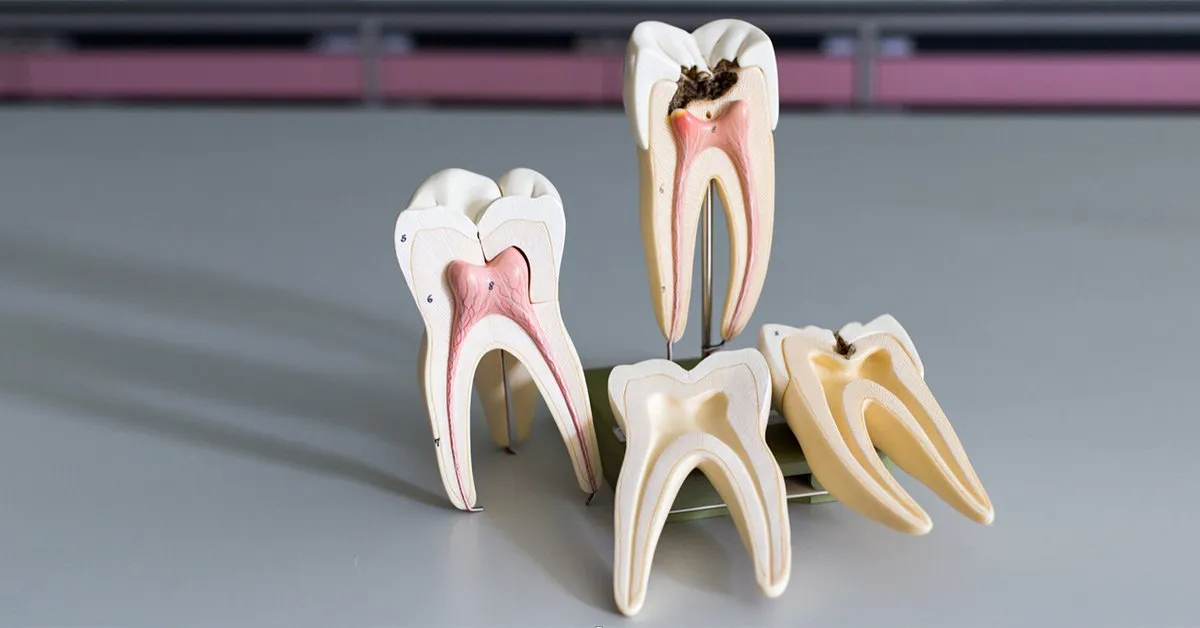
After the nerve is removed, the tooth is no longer “vital,” but it can function like any other tooth. With proper restoration (usually ...
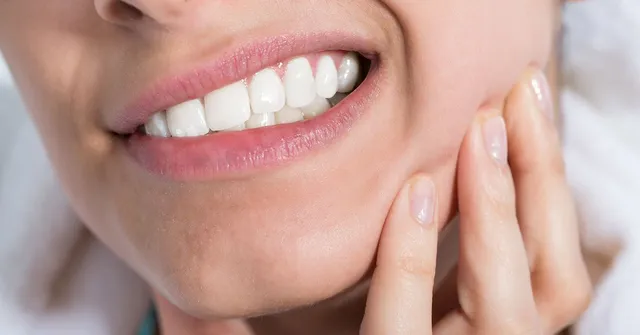
Signs include lingering pain, extreme sensitivity to hot or cold, swelling, a darkened tooth, or a pimple-like bump on the gum. In some cases, you ...

Modern root canal procedures are no more painful than getting a regular filling. Local anesthesia ensures a pain-free experience, and most patients...
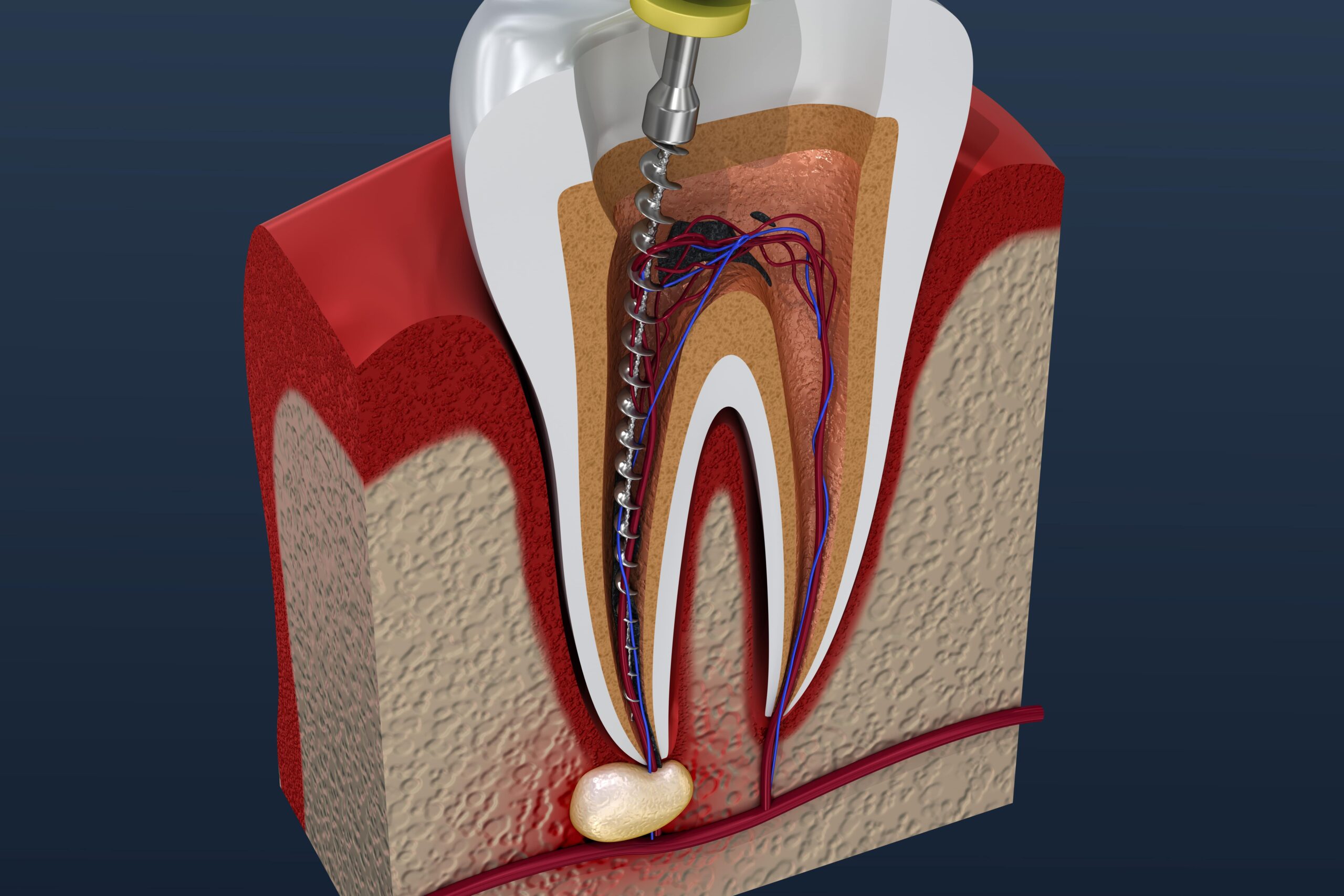
A root canal is a dental procedure used to treat infection or inflammation in the pulp (the innermost part of the tooth). The dentist removes the i...
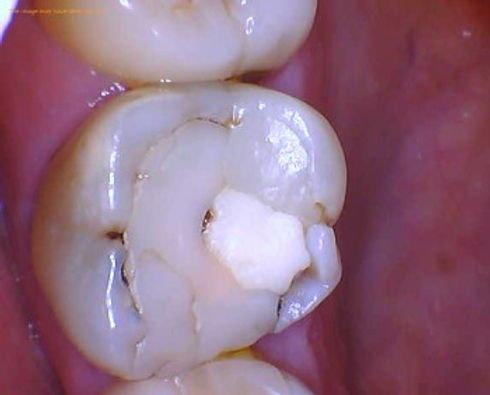
Yes, especially if you chew hard foods, grind your teeth, or if the filling is old. Poor oral hygiene can also cause decay under the filling, weake...
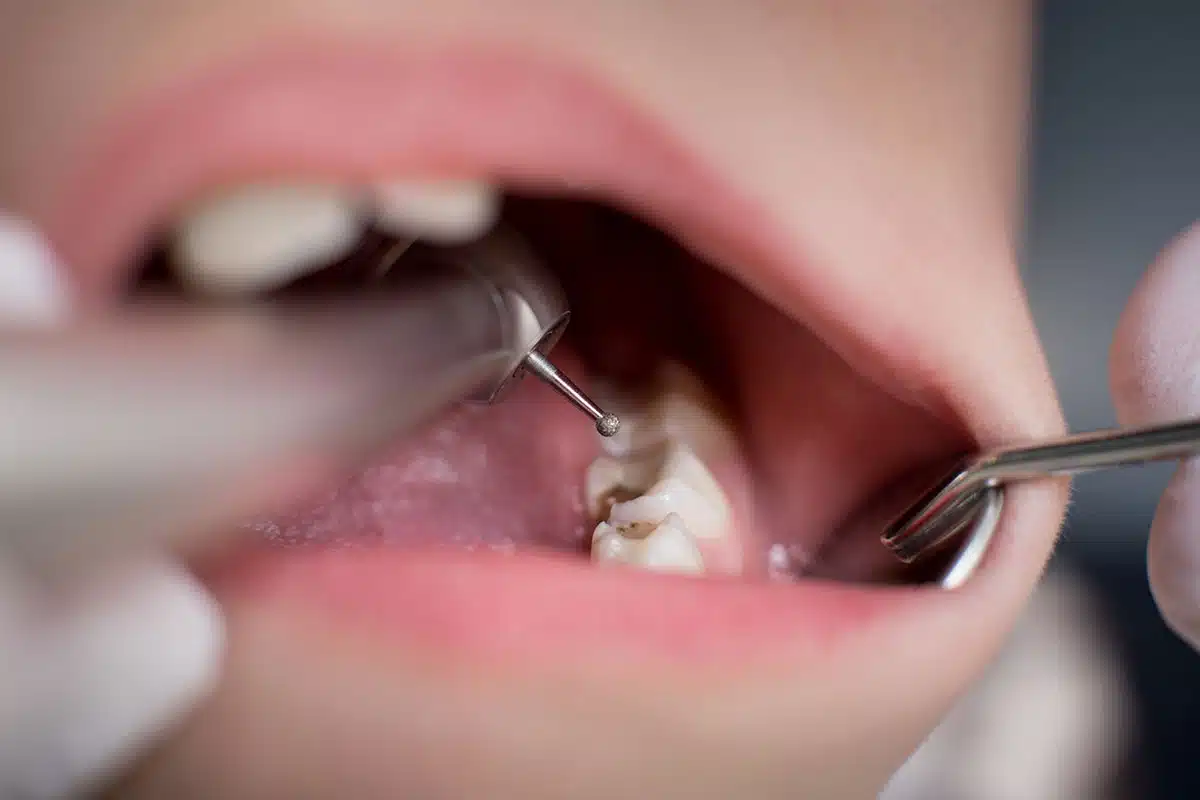
No, the area is numbed with local anesthesia, so you won’t feel pain during the procedure. Afterward, you might experience mild sensitivity f...
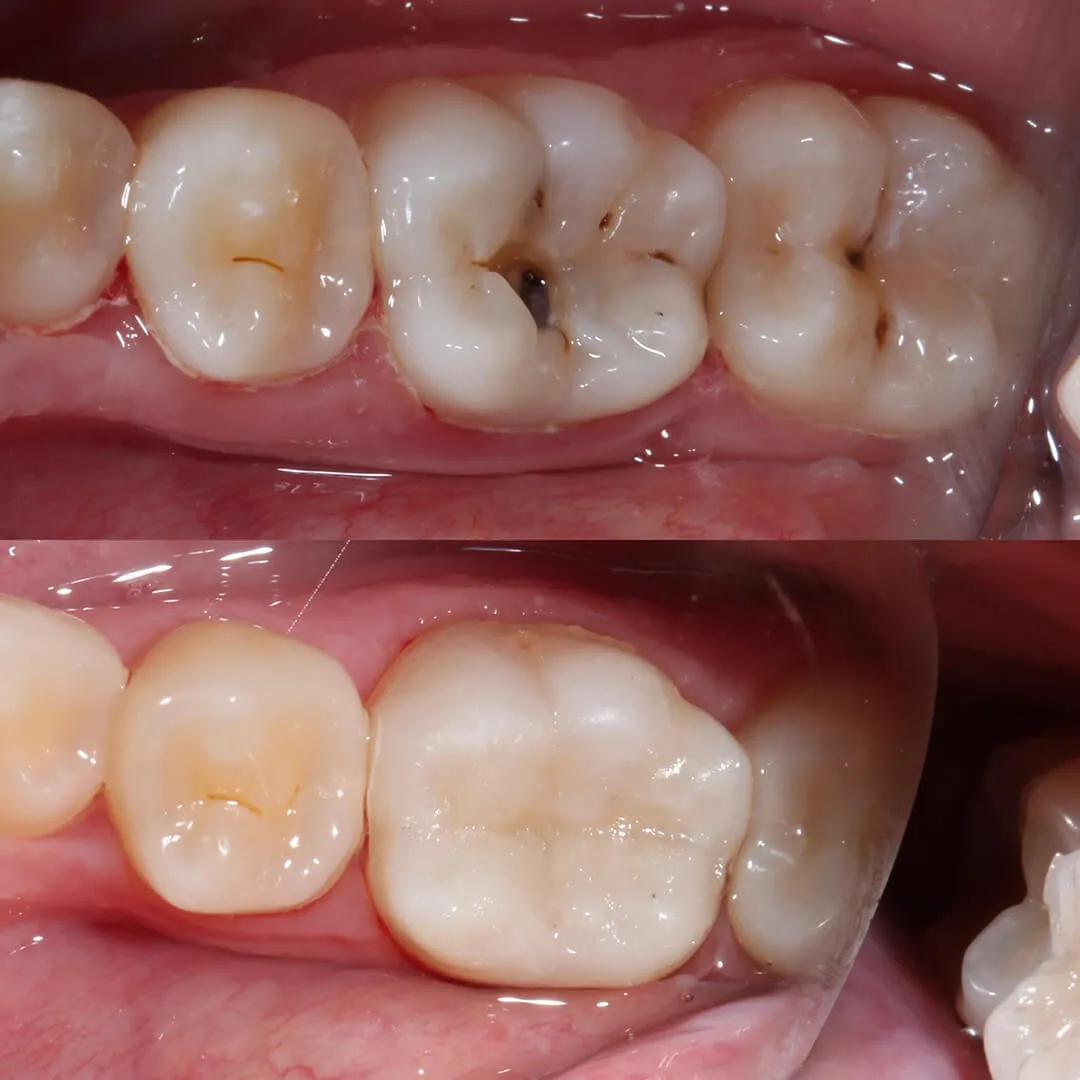
Composite fillings typically last 5–10 years, while amalgam and gold can last up to 15–20 years or longer. Their longevity depends on t...
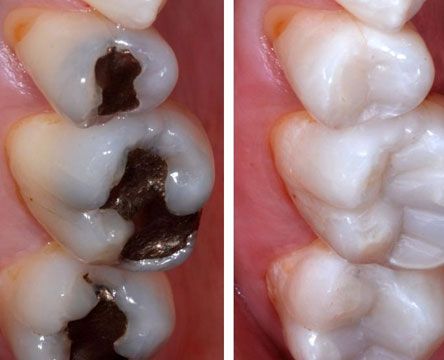
The most common types include composite resin (tooth-colored), amalgam (silver), gold, and ceramic. Composite fillings are popular for their natura...
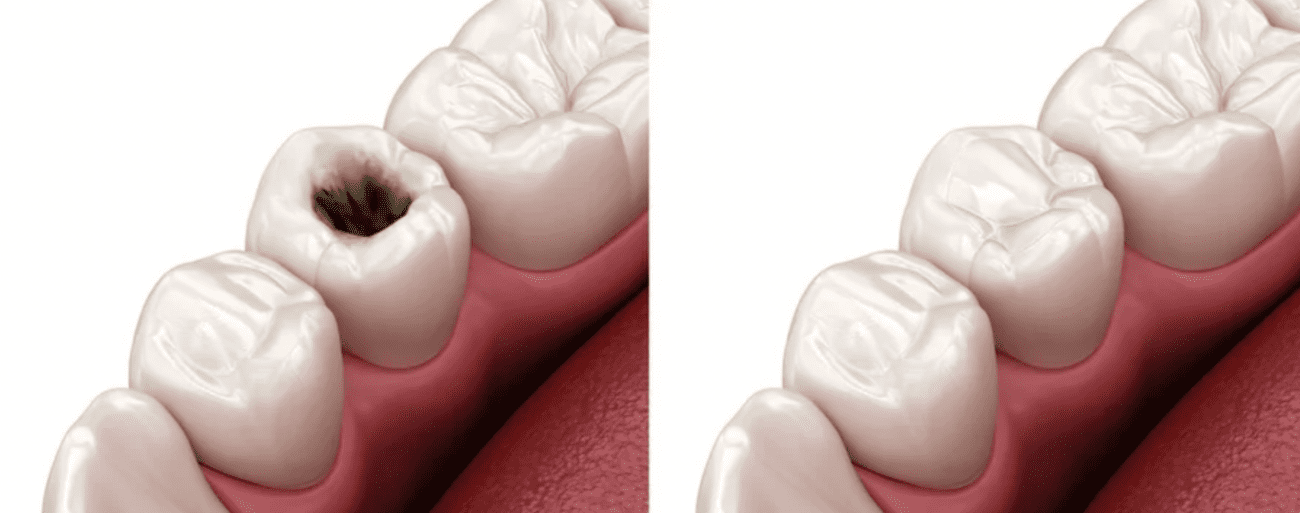
A dental filling is used to repair a tooth damaged by decay or minor fractures. The dentist removes the decayed part of the tooth and fills the spa...
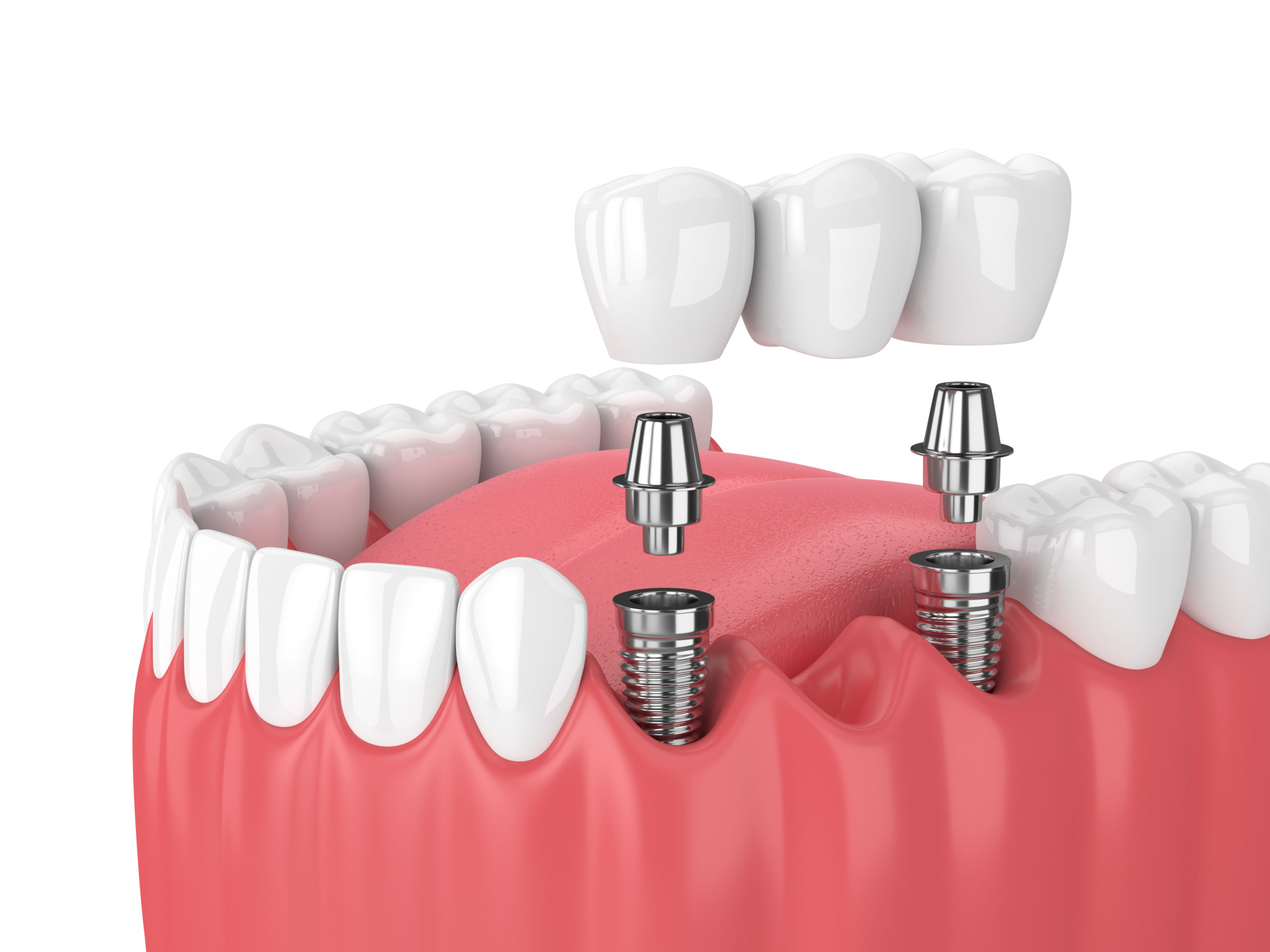
Yes, a bridge can replace two or more missing teeth in a row, depending on the health and strength of the anchor teeth. However, the longer the bri...
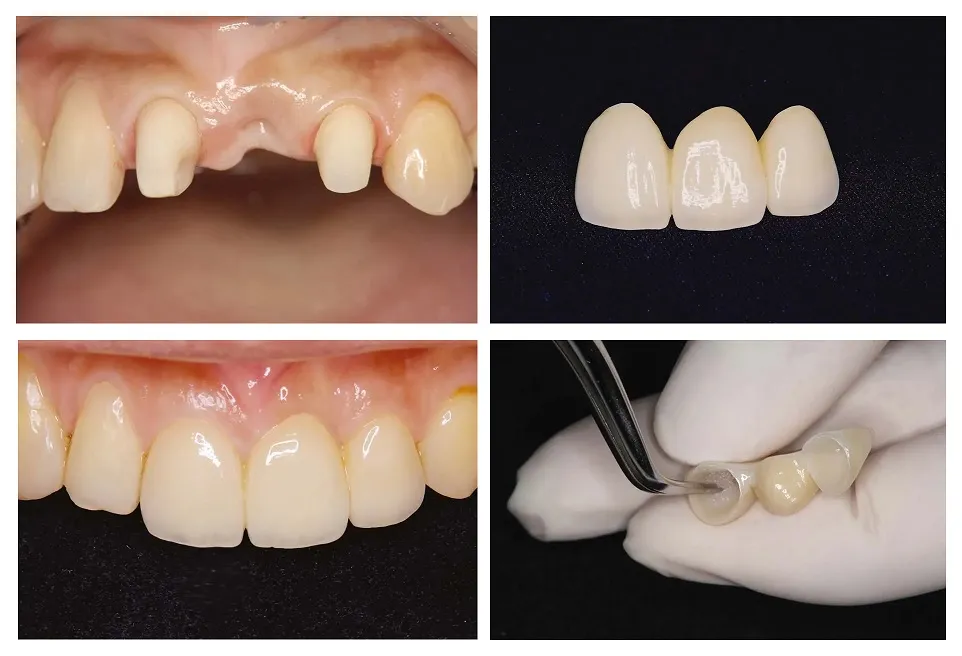
Modern bridges, especially those made from porcelain or zirconia, are designed to match your natural tooth color and shape. When crafted properly b...
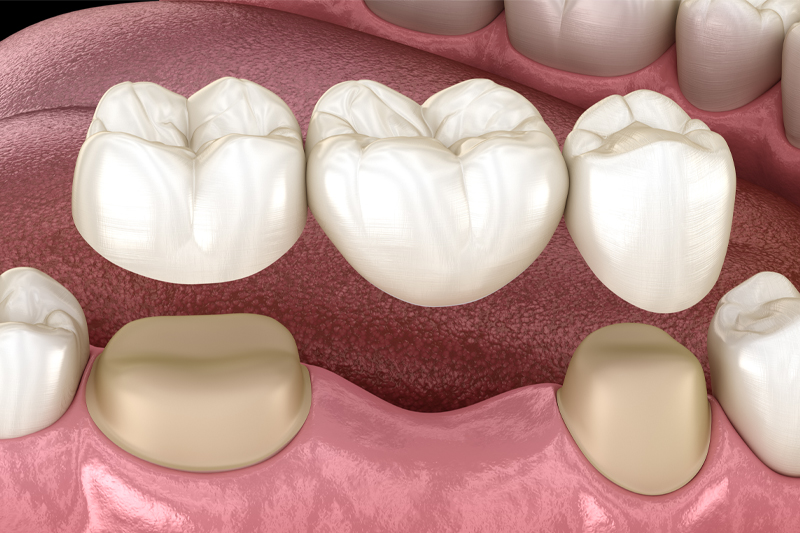
With proper care, dental bridges can last 10–15 years or even longer. Their lifespan depends on the materials used, the patient’s oral ...
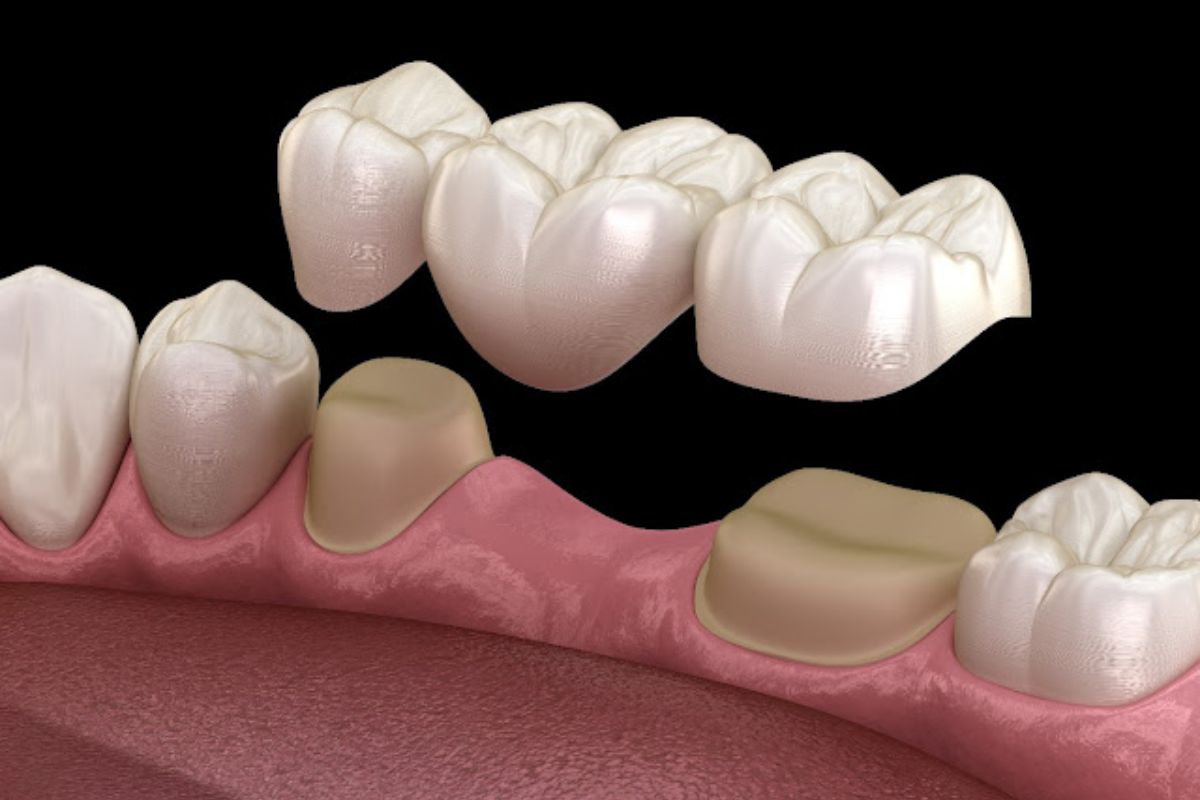
A dental bridge is a fixed prosthetic device used to replace one or more missing teeth. It consists of one or more artificial teeth (pontics) ancho...
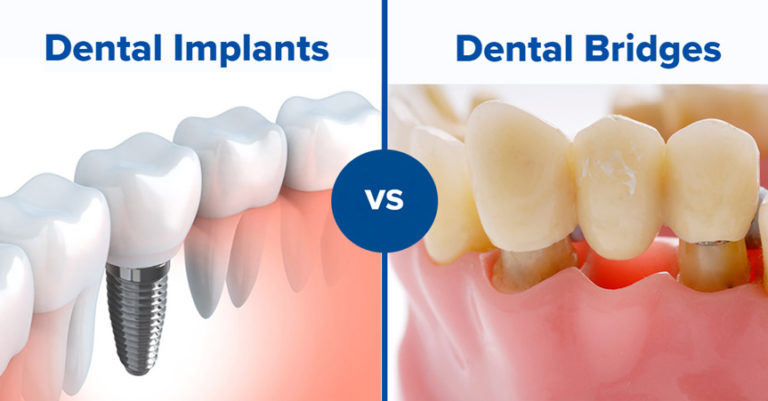
While a bridge relies on neighboring teeth for support and may require them to be filed down, an implant stands independently. This preserves adjac...

Most healthy adults with sufficient jawbone are eligible for implants. However, patients with uncontrolled diabetes, active gum disease, or signifi...
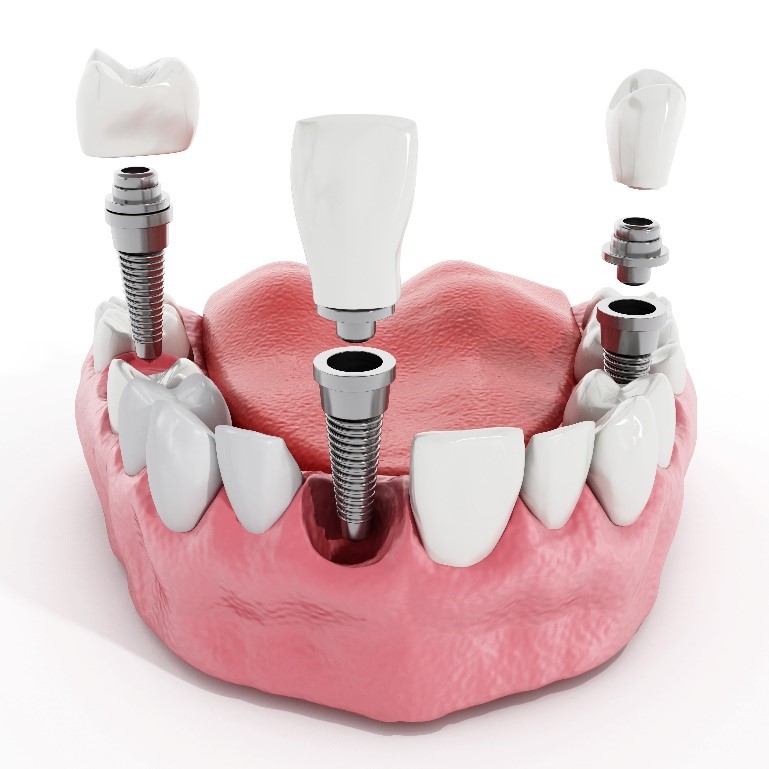
The procedure is performed under local anesthesia, so the surgery itself is painless. Most patients report only mild discomfort afterward, similar ...
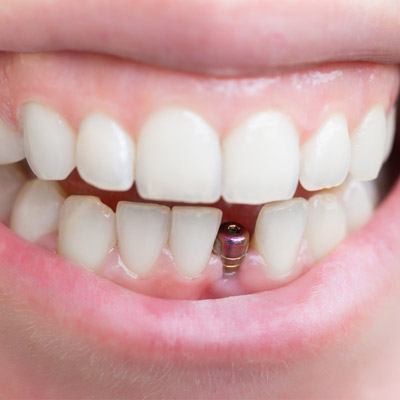
Dental implants are considered a long-term solution, and with good oral hygiene, they can last 15–25 years or even a lifetime. The crown on t...
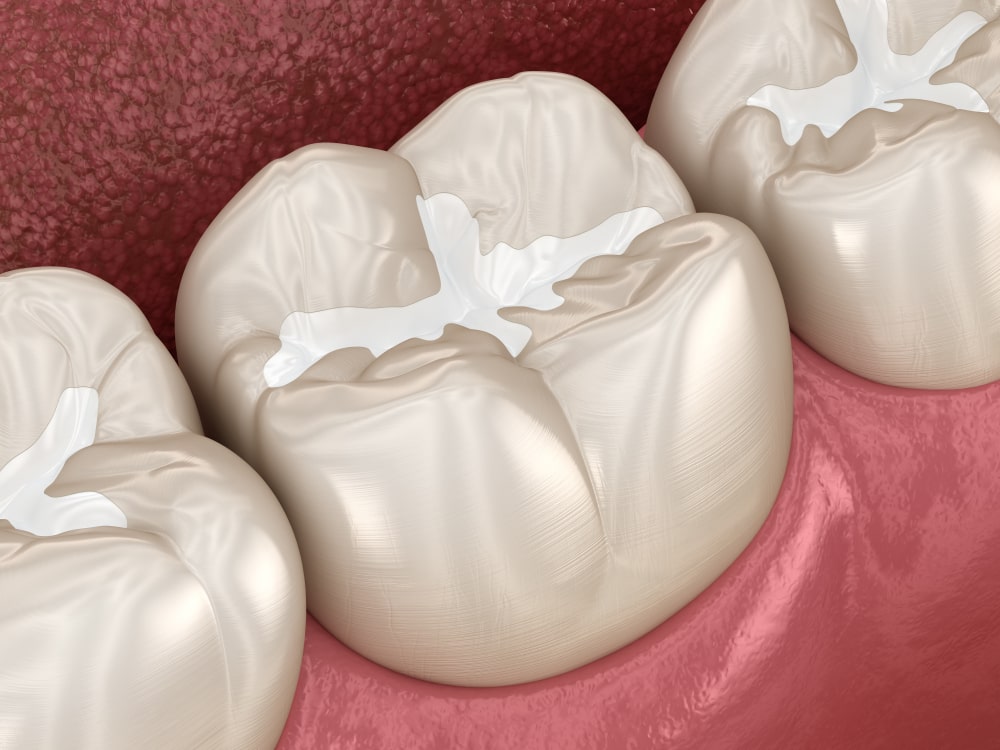
Dental sealants are thin, protective coatings applied to the chewing surfaces of molars to prevent cavities. They’re especially recommended f...
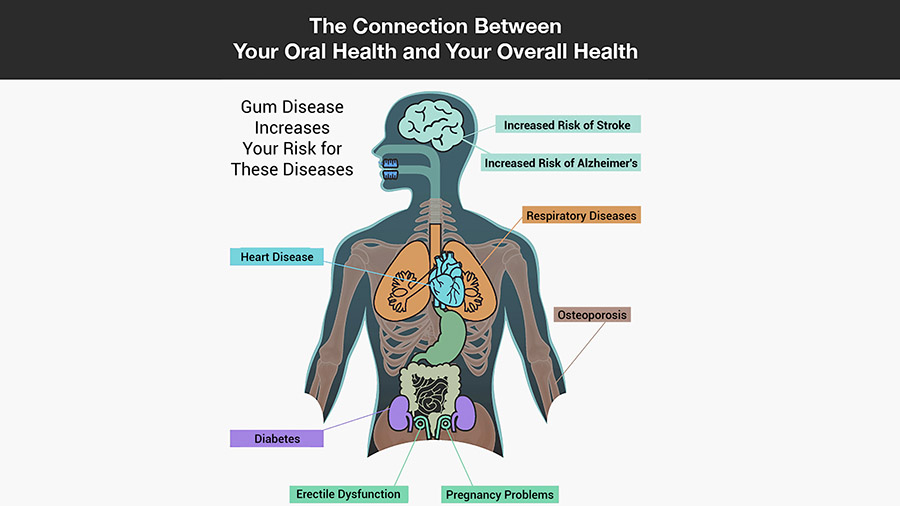
Absolutely. Gum disease has been linked to heart disease, diabetes, respiratory infections, and even dementia. Or...
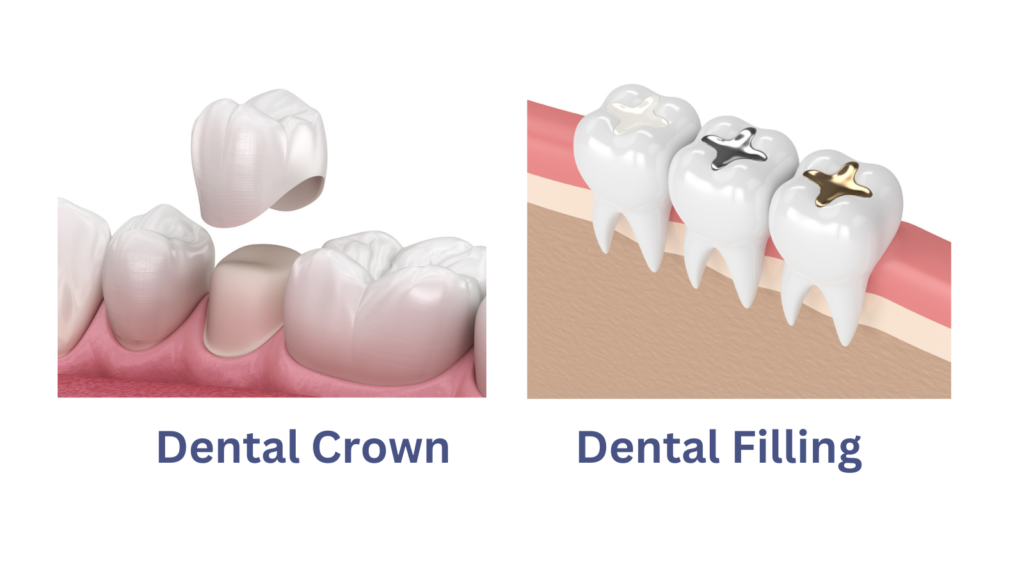
A filling repairs a small cavity by restoring part of the tooth. A crown covers the entire tooth and is used when a tooth is cracked, badly decayed...

Yes. Modern dental X-rays use very low levels of radiation. Digital X-rays, in particular, use up to 90% less radiation than traditional film X-ray...
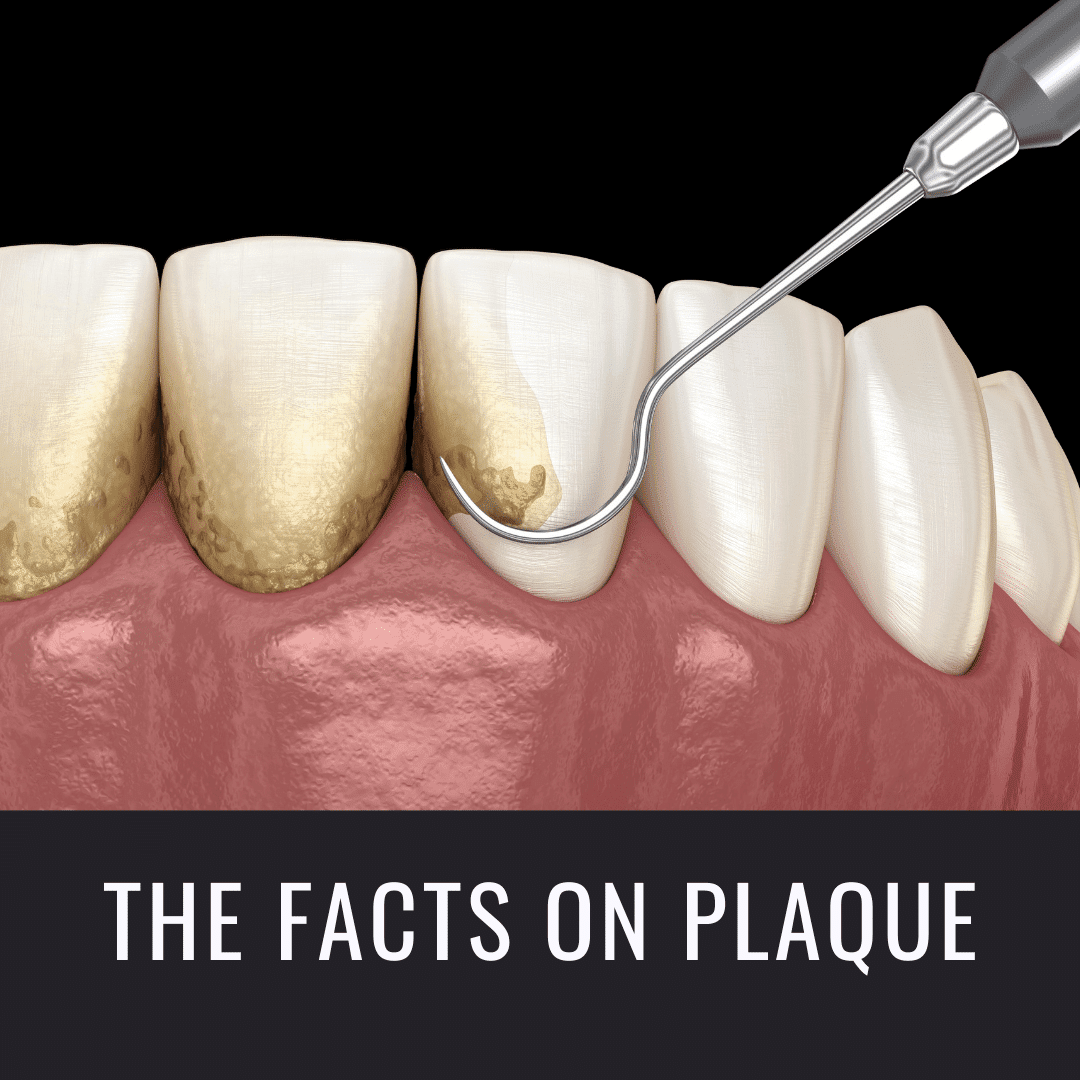
Plaque is a soft, sticky film made of bacteria, food debris, and saliva. If not removed by daily brushing and flossing, it hardens into tartar, whi...

This is typically due to exposed dentin from enamel wear, gum recession, cavities, or cracked teeth. Sensitivity toothpaste and fluoride trea...

Sugar feeds the bacteria that cause cavities. Acidic foods and drinks (like soda, citrus, and vinegar-based dressings) can erode enamel. Sticky foo...
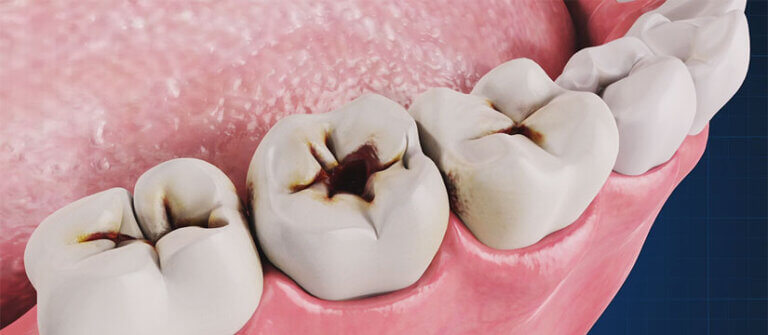
Cavities are caused by a combination of factors: diet (especially sugary or acidic foods), bacteria, insufficient brushing or flossing, dry m...
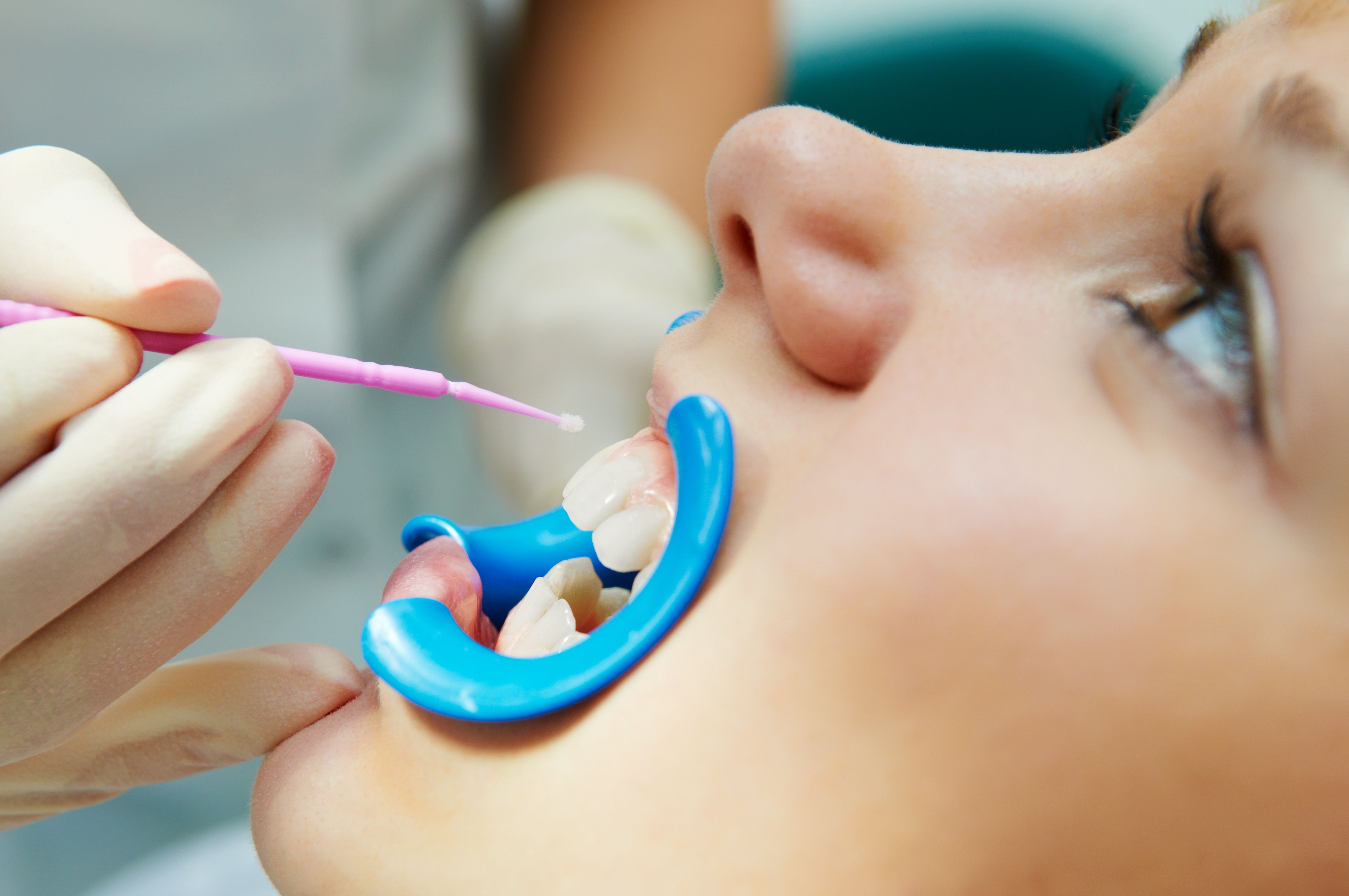
Fluoride is a natural mineral that strengthens tooth enamel and helps prevent cavities. It’s added to most public water supplies and toothpas...

Yes, it’s not only safe but recommended. The second trimester (weeks 13–27) is the best time for routine dental care. Untreated gum dis...
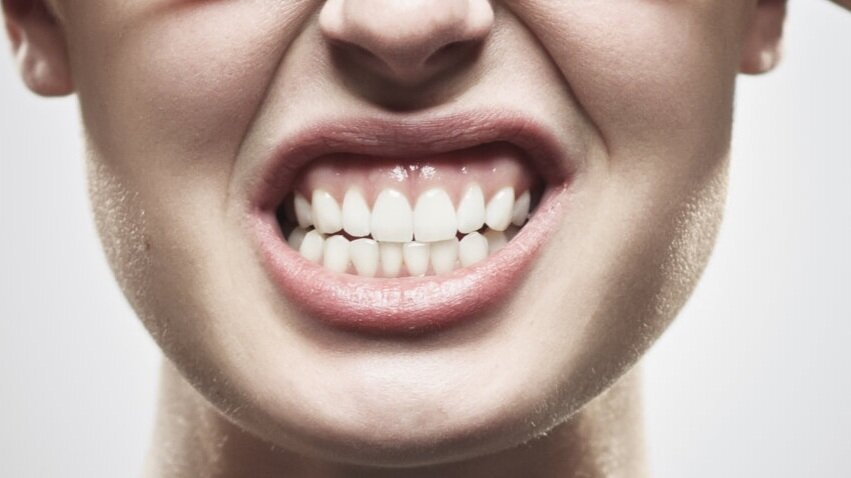
Bruxism is the habitual grinding or clenching of teeth, often during sleep. It can lead to tooth wear, sensitivity, headaches, and jaw disorders. T...
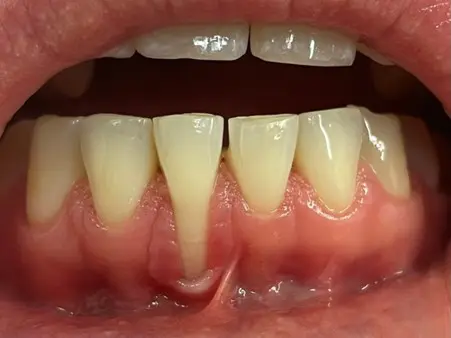
Gum recession can be caused by aggressive brushing, gum disease, tobacco use, grinding or clenching teeth, and even genetics. Once gum tissue has r...
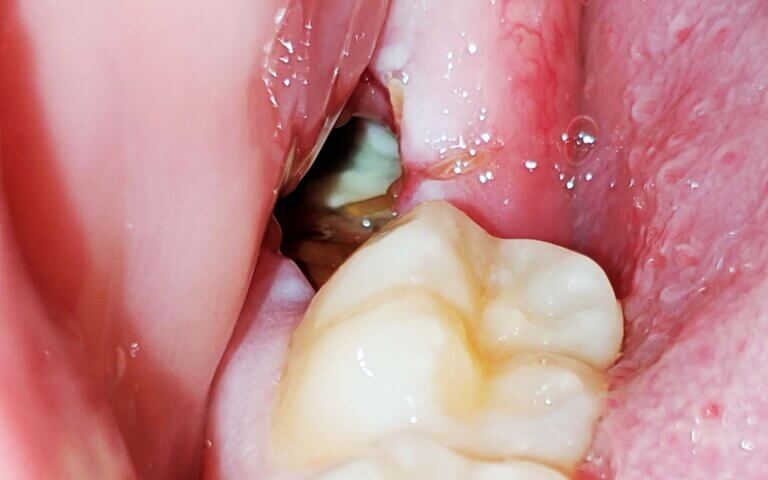
Dry socket occurs when the blood clot at the extraction site gets dislodged, exposing bone and nerves. This causes severe pain and delays healing. ...

After an extraction, expect some swelling, mild bleeding, and discomfort for the first 24–72 hours. You sho...
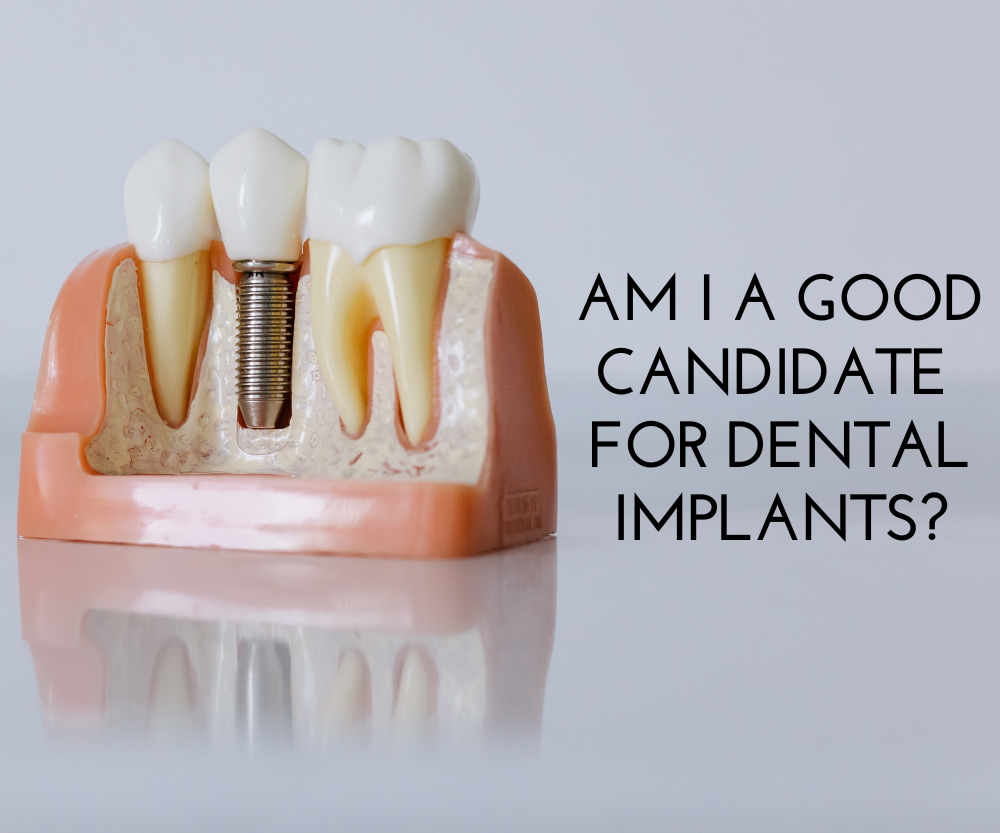
You may be a candidate if you’re in good general health, have healthy gums, and sufficient jawbone to support the implant. Smokers, people wi...
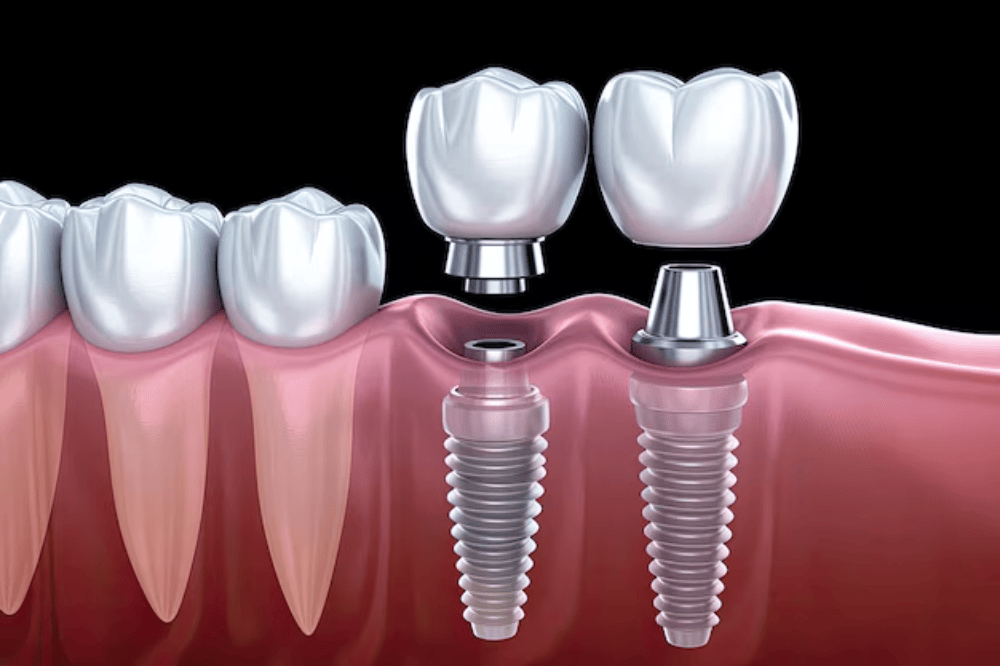
A dental implant is a titanium post surgically inserted into the jawbone to replace the root of a missing tooth. After healing (osseointegration), ...
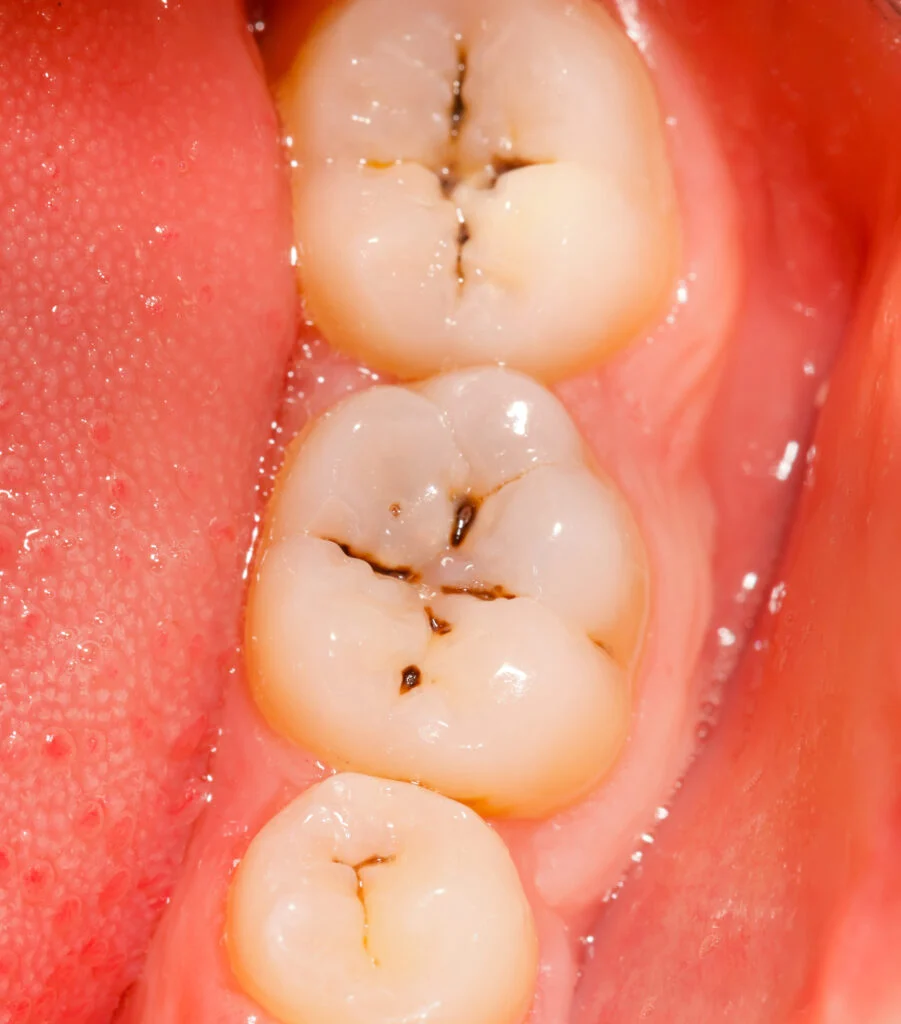
Ignoring a cavity can lead to deeper decay, affecting the tooth's inner layers (dentin and pulp). Eventually, thi...

Tooth sensitivity often occurs when enamel wears down or gums recede, exposing the softer dentin underneath. This can make teeth react painfully to...
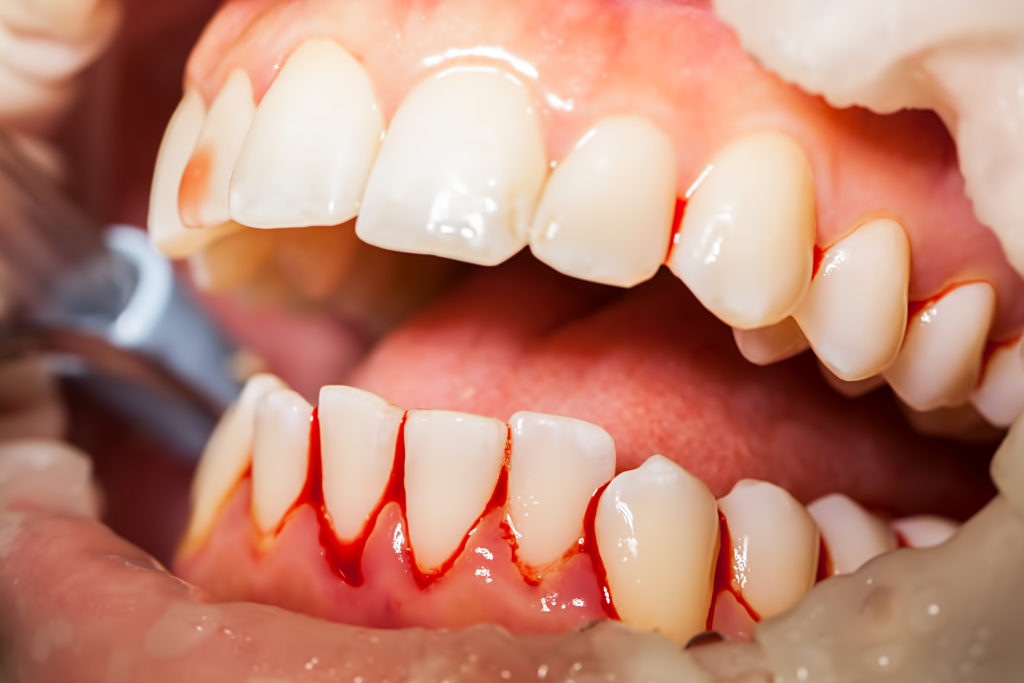
Bleeding gums are usually a sign of inflammation caused by plaque buildup along the gumline — a symptom of gingivitis. It can also happen if ...
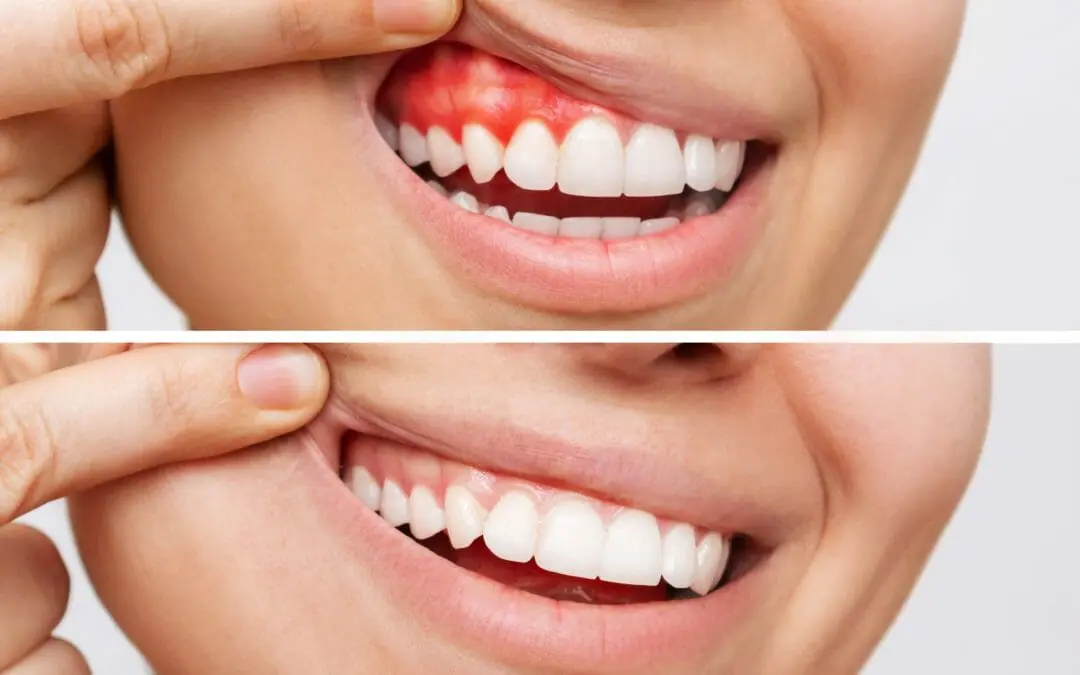
The earliest stage of gum disease, called gingivitis, is reversible with proper brushing, flossing, and regular d...

The American Academy of Pediatric Dentistry recommends that a child see a dentist by their first birthday or within six months of the eruption of t...
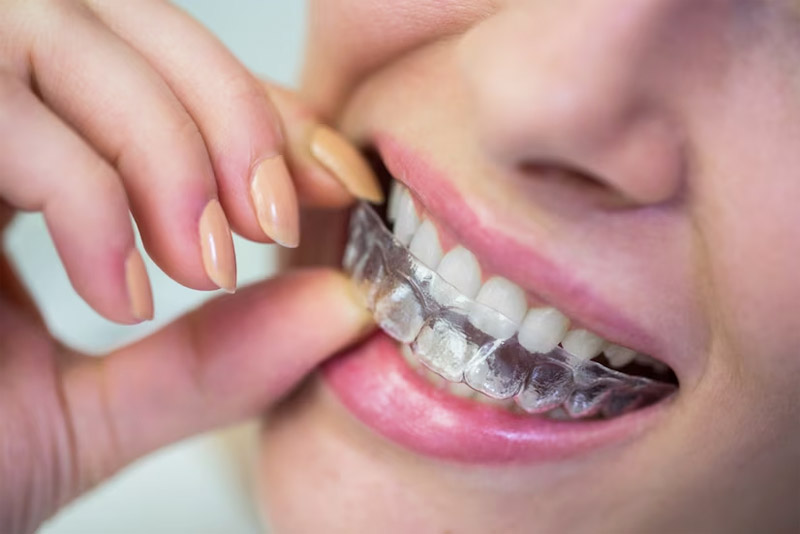
Braces use metal brackets and wires to gradually move teeth into place, while Invisalign uses a series of clear, removable aligners made of BPA-fre...
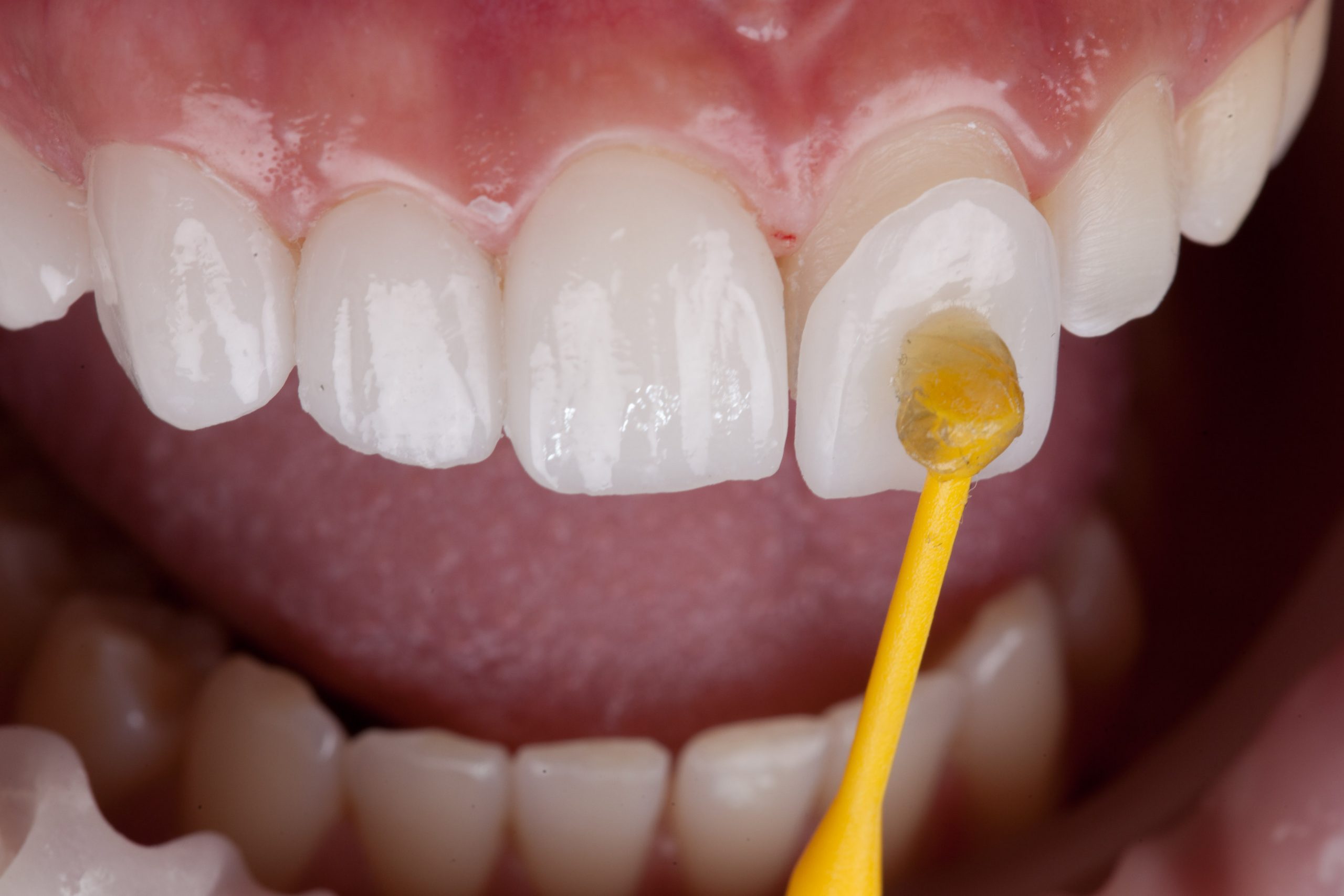
Veneers are ultra-thin shells made of porcelain or composite resin that are custom-made to cover the front surface of teeth. They’re commonly...

When done correctly, yes. Professional teeth whitening performed by a dentist is safe and effective. Over-the-counter options can also be safe when...
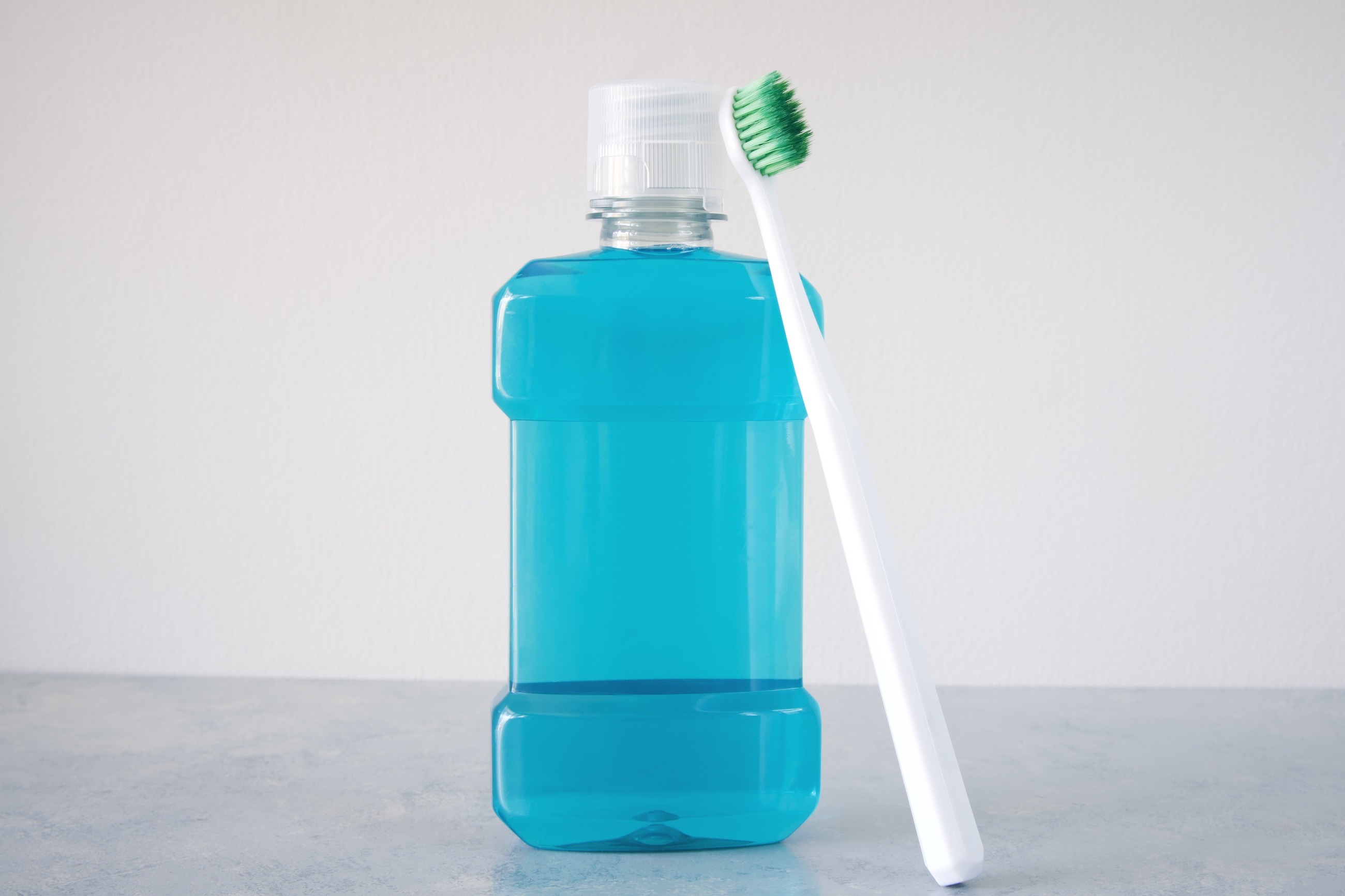
Mouthwash is not a replacement for brushing and flossing, but it can be a helpful addition to your oral care routine. Antibacterial mouthwashes can...

Bad breath, or halitosis, can be caused by poor oral hygiene, gum disease, dry mouth, smoking, or certain foods like garlic and onions. In some cas...
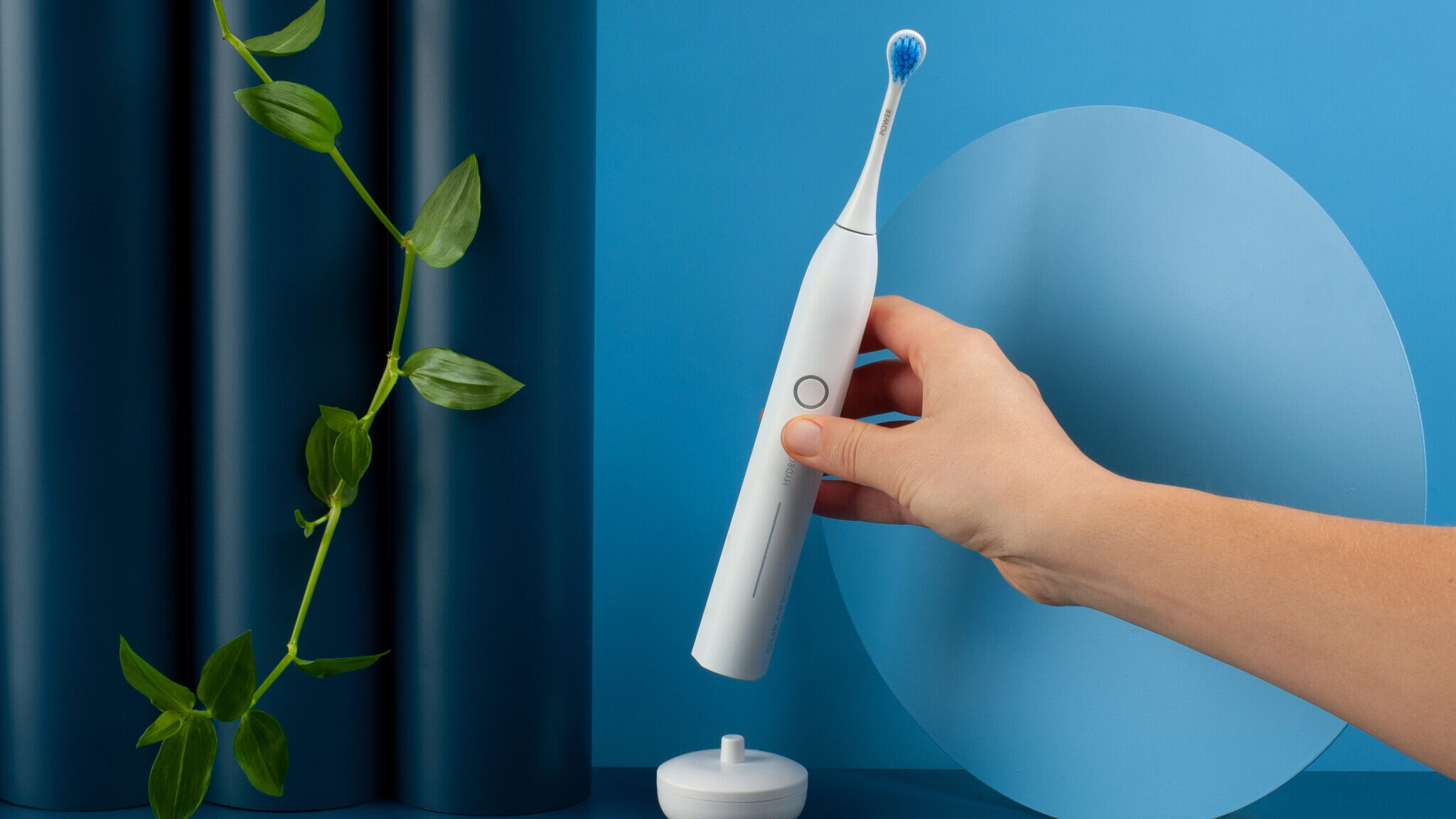
Yes, many studies show that electric toothbrushes, especially those with oscillating heads, are more effective at...

Brushing only cleans about 60% of your tooth surfaces. The remaining 40%—the spaces between your teeth and ...

It is generally recommended to visit the dentist every six months for a routine check-up and cleaning. However, this can vary based on individual o...

When it comes to oral health, many people think brushing twice a day is enough. While daily care at home is essenti...